Introducing Jack Zampolin: On Becoming A Sommelier in The Cosmos
Meet Jack Zampolin, Sommelier’s co-founder and VP of Product who currently doubles as its engineering team lead. He’s spent the past two and a half years building core Cosmos infrastructure, first at software development company Tendermint Inc., which the Interchain Foundation (ICF) contracts to develop the Cosmos Network. Subsequently, he worked on Game of Zones with Zaki before serving as VP of Product at Akash and joining Sommelier. Like any great adventure, Jack’s career path has been a mix of serendipity, observation, hard work, and thoughtful progression. It all started when he lost a lot of money investing in bitcoin.
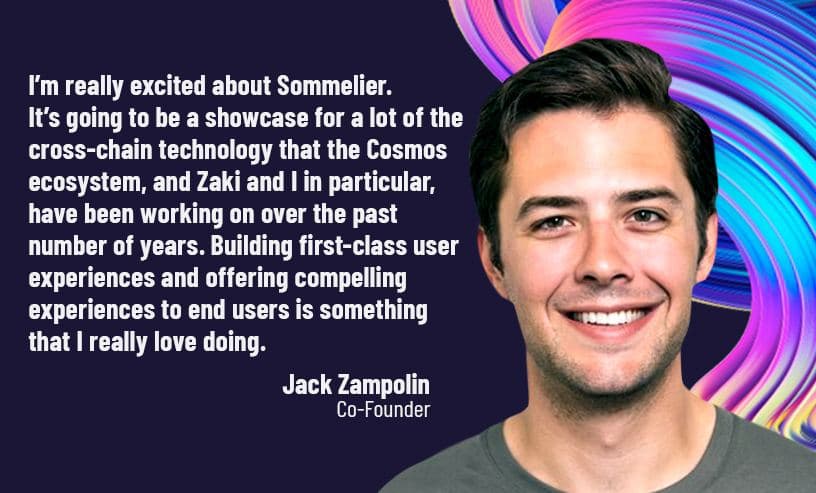
“I got into crypto for the first time in 2013, back before I could code,” Jack says. “I was really excited about the possibilities that bitcoin brought and just entered as an investor at that time. I ended up selling those bitcoins, and lost a bunch of money as people do, but that really ignited a spark in me because during that period I was looking at all the different job postings for all these crypto companies and thought ‘Man, I’ve really got to teach myself how to code.’”
Gaining Experience and Perspective
By 2015, Jack was able to attend a coding boot camp in San Francisco. He landed his first job in tech working on infrastructure engineering at a company called InfluxData (Influx). He spent two years there building a time series database that was written in Go and had a consensus algorithm.
“At Influx, I had a nice primer working on distributed consensus technologies from a traditional data center perspective,” Jack observes. “For folks familiar with blockchain, that’s similar to how the Cosmos SDK in Tendermint works.”
When the bull market came along in 2017, Jack joined his roommate at a company called Blockstack, which is heavily invested in core bitcoin technology. He was the 9th employee. For the next year, he helped the company with its fundraiser and, as a developer evangelist, got the initial developer community of folks to start building apps on top of Blockstack. The experience enabled him to compare his work with bitcoin technology, with which you can do a few hundred database inserts every ten minutes to his work at InFlux, where he could do a million database inserts every second. It clarified his next move.
“I got out there and started looking and seeing which blockchain platforms were really looking into the future,” says Jack, “My experience working on the bitcoin blockchain taught me that you’re never going to be able to scale an individual system to be of global scale. We saw this in the ‘70s and ‘80s with supercomputers. People thought you were going to be able to build larger and larger computers and that one computer would take care of a lot of things with time-sharing architecture. Instead, they discovered that they could run much more complex applications on top of a group of networked computers. I believe it’s going to be the same with blockchains and IBC [Inter-Blockchain Communication], the networking layer in Cosmos. It allows any two IBC-enabled blockchains to transmit data or value between them.”
After looking at different companies and architectures throughout the blockchain ecosystem, Jack set his sights on Cosmos.
“Cosmos was the company that embodied the original goals of Bitcoin, had a lot of work behind it, an active community, and a working product, which no else in the crypto state space did at that point,” he explains. As a bonus, the company was located in Berkeley where he lived.
Jack prepared by joining the open source community, contributed code, and joined the initial test nets. In the end, his initiative and experience working with Influx and the developers at Blockstack, and having built two developer communities in a remote-first, global environment, differentiated him from the other candidates.
“A lot of work that I did during my first year at Cosmos was building up the validator community and working really hard with them to provide them with the tools they needed to work easily and seamlessly to operate those nodes. Building out the core developer experience behind the Cosmos SDK and the command line experience that those validators had was the main work I did during my first year at Cosmos.”
Pioneering Some High-Impact Work
Early on, Jack’s experience building web apps with Ruby on Rails informed his ideas around the developer user experience and how to build frameworks to help.
Jack recalls: “I realized that we were going to need a very similar scaffolding tooling and I built out a number of initial prototypes for this kind of code scaffolding that allowed people to quickly and easily build a Cosmos SDK app. That work has been iterated on by a number of developers. It ended up inspiring Starport.”
Another piece of Jack’s high-impact work at Cosmos is code that he wrote for the IBC relayer, which is the user interface for IBC and a core piece of the Cosmos architecture.
“I worked really closely with the IBC team from the initial specification phase,” says Jack, who was the first to commit on the ICS repo. “I had been at 95% of the meeting for that group and worked closely with the team as they were implementing to test all of the interfaces and maintained that relayer for over a year. I still do a little bit of work on that.”
Before he built the relayer, the core team’s engineering effort was focused exclusively on working on chain pieces that implemented the protocol, such as if “we get this message, we do this with state.” That’s the hard part that can’t be changed once deployed. No engineering effort was going toward figuring out how to use that protocol to do things like implement a client that sends the HTTP requests and makes the transactions between the two chains.
“Building automated transaction engines is something I had been interested in for a long time and had played around with so I just started building it,” says Jack. “I was able to get a prototype up very quickly so we could test the different pieces of IBC and then iteratively with the IBC design team as we identified and fixed bugs, issues, and impedance mismatches where you can’t query the right data or the way that you have to submit the transactions makes it impossible to do in the real world. At the end of this process, we got an excellent relayer written in Go that’s able to perform handshakes, send packets, and make all the IBC state modifications needed.”
From the Cosmos Framework to the Sommelier App
Looking ahead, Jack had a series of discussions with Taariq Lewis and Zaki Manian, with whom he worked closely at Cosmos, Tendermint, Game of Zones, and Akash, about what’s going to come next in the Cosmos protocol.They talked about how to put those pieces together into a compelling user experience and how to offer something that’s going to stand out in the world of blockchain applications.That’s when the co-founders started working on Sommelier.
While Cosmos is a framework for building application-specific block chains, Sommelier is a specific application that makes a superior user experience with some automation for liquidity providers across a number of chains. Sommelier is a coprocessor for the Ethereum blockchain that can help with things that would be prohibitively expensive or hard to do in Solidity. Sommelier exists to help with those things.
“Sommelier offers an Ethereum-needed user experience to users on Ethereum so they don’t feel like they’re leaving the platform, but rather augmenting these existing DeFi protocols that live on Ethereum and making them much more user friendly and powerful,” Jack explains. “Right now, liquidity provider pools across the different exchanges present a lot of risk. If you want to mitigate that risk you have to write a lot of code and use a lot of automation, and there’s not really a clear path to do that on Ethereum. So, what we’re building at Sommelier on this coprocessor for Ethereum is a much better user experience for LP across protocols.”
Right now, Sommelier’s team is focused on Ethereum but their bridge technology works with Binance Smart Chain, Fantom, and pretty much any EVM chain out there.
“And, for the non-EVM chain we’ve got IBC,” notes Jack. “What we are focused on at Sommelier is offering a world class experience to high-volume liquidity providers.”
Sommelier’s Key Components
The key components of Sommelier are a Cosmos chain and an Ethereum smart contract.
“The Cosmos chain keeps track of the user contract and allows users on Ethereum to utilize the chain over on Cosmos programmatically,” explains Jack. “In addition to this bridge technology on that Cosmos chain, we also have an oracle that helps us ingest data about these various liquidity pools for which we’re providing automation.”
And then there are additional applications on top of that, the first of which is an impermanent loss trigger.
“If you were to experience large losses due to impermanent loss we can automatically pull your liquidity for you and just deposit it back into your Ethereum wallet,” says Jack. “Much more complex applications will be coming as we user-test them. So, as we’re building up this infrastructure on the chain side that’s going to enable these automated transactions, we’re also working on the front end side to help understand more of what LPs need and then we’ll take those contracts and add them to the automation.”
Addressing the Roadblocks and Making Progress
Though technically VP of Product, Jack works closely with all of the various engineering teams to help them scale. He’s doing a lot of hiring on the back end side right now as well as working with the engineers on different milestones.
“My focus mainly is collaboration among the various teams that are working on the back end infrastructure right now because that’s where the hardest issues are,” says Jack, who lately has been focused on the core functionality of the gravity bridge. “On the back end side, we’ve been working with the Althea team to launch a series of test nets for the gravity bridge technology.”
The team has had a number of successful test nets, started working around some bugs with gaps and fees and stress testing large numbers of transactions in the bridge. Jack’s pleased with the progress. “We’re about a month away from a net launch of one of these gravity bridges,” he says.
Jack’s team also has been working closely with the Gravity team to make the features needed to satisfy the use cases in the gravity model and iteratively testing those.
“We’re at a place now where we’re working on just that final piece of integration where in that strategy module we’re creating an Ethereum transaction within the Cosmos state machine that then gets signed by all the validators and sent back to Ethereum,” he says. “That’s the work we’re doing now to integration test that last piece. We anticipate finishing that within the next week or two. It’s just going to depend on when we can get that integration test suite going.”
Meanwhile, the oracle module that helps ingest data about AMMs on the Ethereum chain has been merged and is completely functional.
“As we get closer to main net there likely will be some changes and optimizations there but that core piece of technology is ready to go,” says Jack. “As features are coming online in the gravity module, building specific strategies takes all of these other foundational pieces in order to test and build.”
Jack enjoys coming to work every day and chatting with some of the most talented individuals he’s worked with to date.
He says: “I’m really excited about Sommelier. It’s going to be a showcase for a lot of the cross-chain technology that the Cosmos ecosystem, and Zaki and I in particular, have been working on over the past number of years. Building first-class user experiences and offering compelling experiences to end users is something that I really love doing.”
“And,” he adds, “as somebody who has a number of LP positions on some DEXes, I look forward to using some of the tools we’re building.”
You can reach Jack and the rest of the team on the Sommelier Telegram community at https://t.me/getsomm.
More articles

Is Speculation Killing Crypto’s Future?

Sommelier's Path Forward: Embracing Revenue Over Narrative

Sommelier January Update
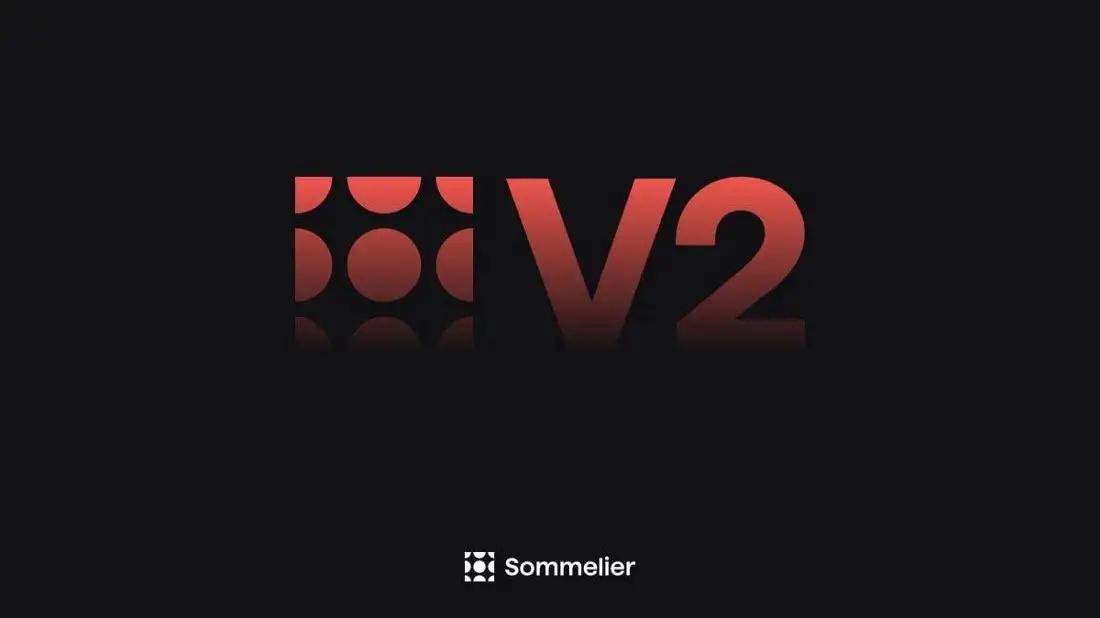
Sommelier Upgrades Cellar Architecture to Enable the Most Powerful DeFi Strategies in the Market

Real Yield USD is Coming to Maximize Stablecoin Yield

Retrospective on 2022 and the Journey Ahead

FAQ - Patache Digital’s Steady Strategies
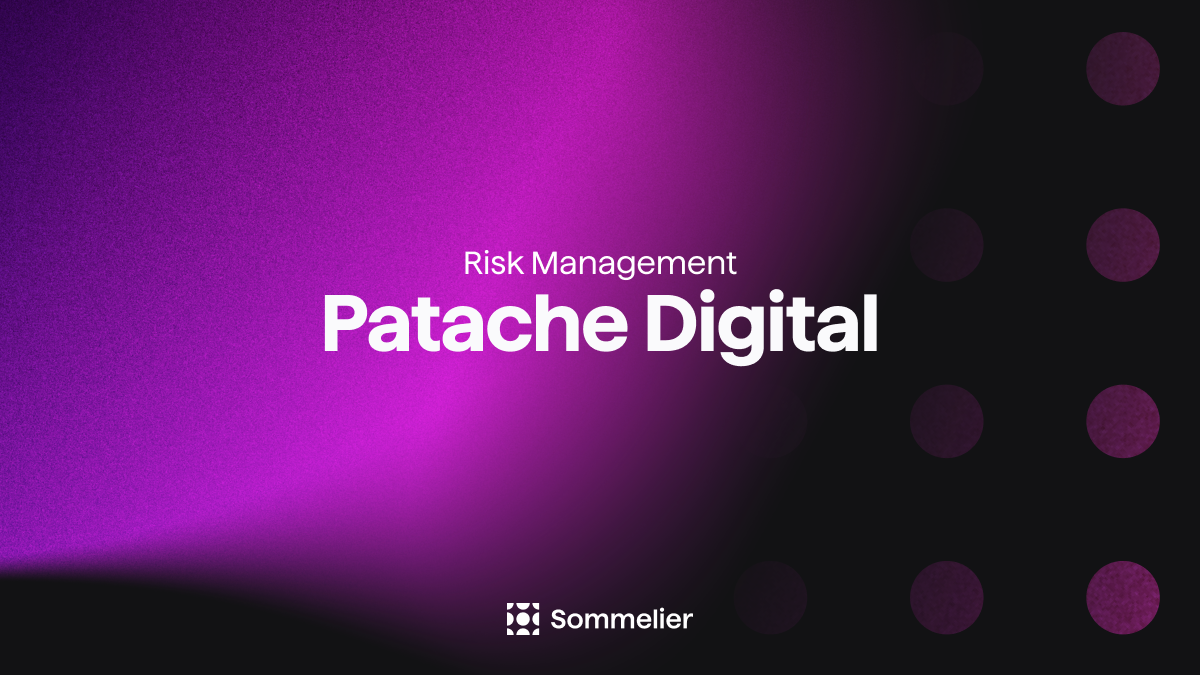
Patache Digital: Risk Management Discussion

Strategy Deep Dive: Patache Digital
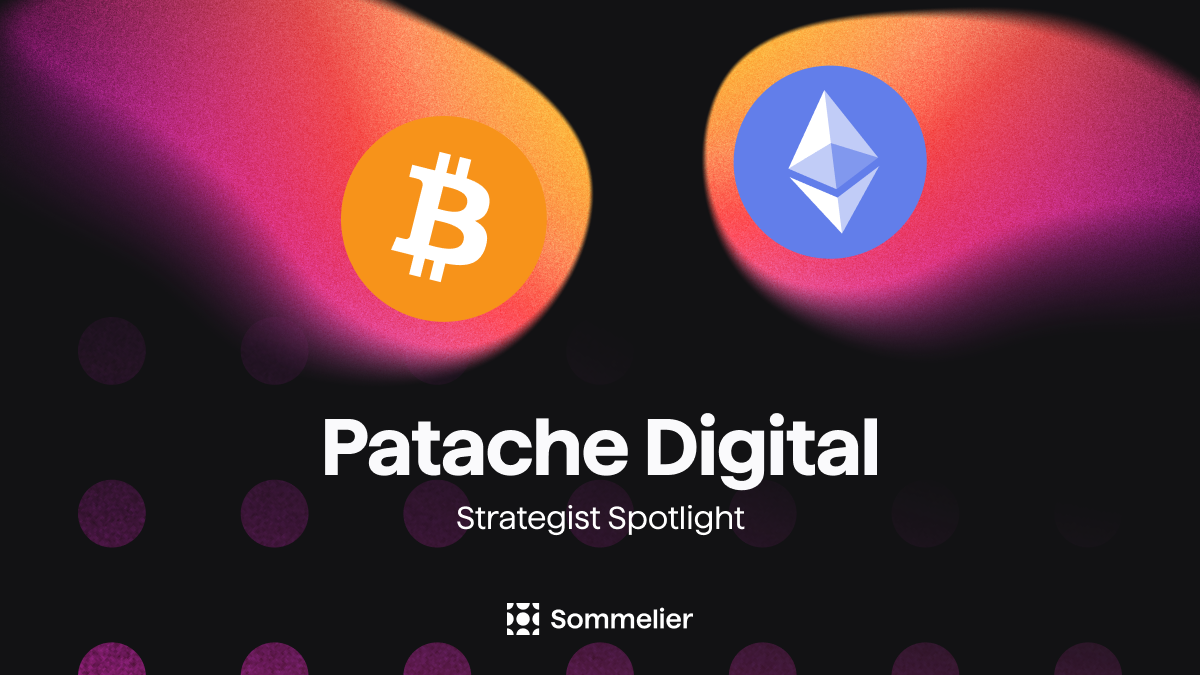
Strategy Provider Spotlight: Patache Digital

User Guide: How to Participate in Strategies on Sommelier

Sommelier Ambassador Program
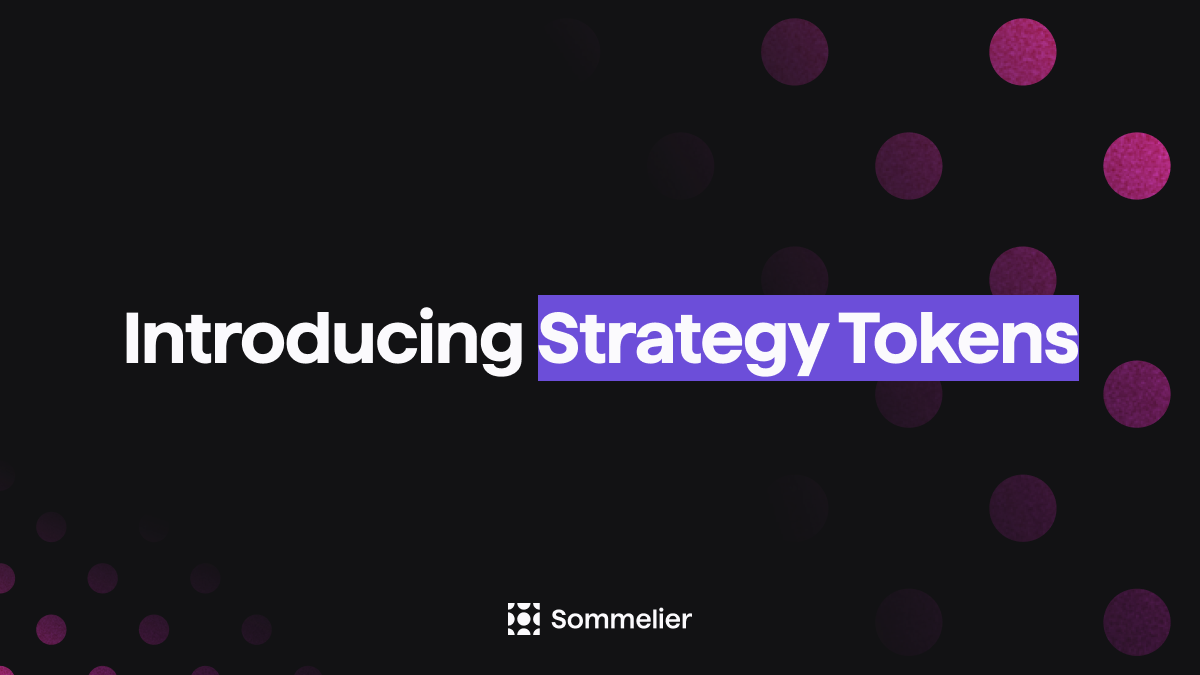
Strategy Tokens: What Are They and How Do They Work?

6 Core Principles of Sommelier
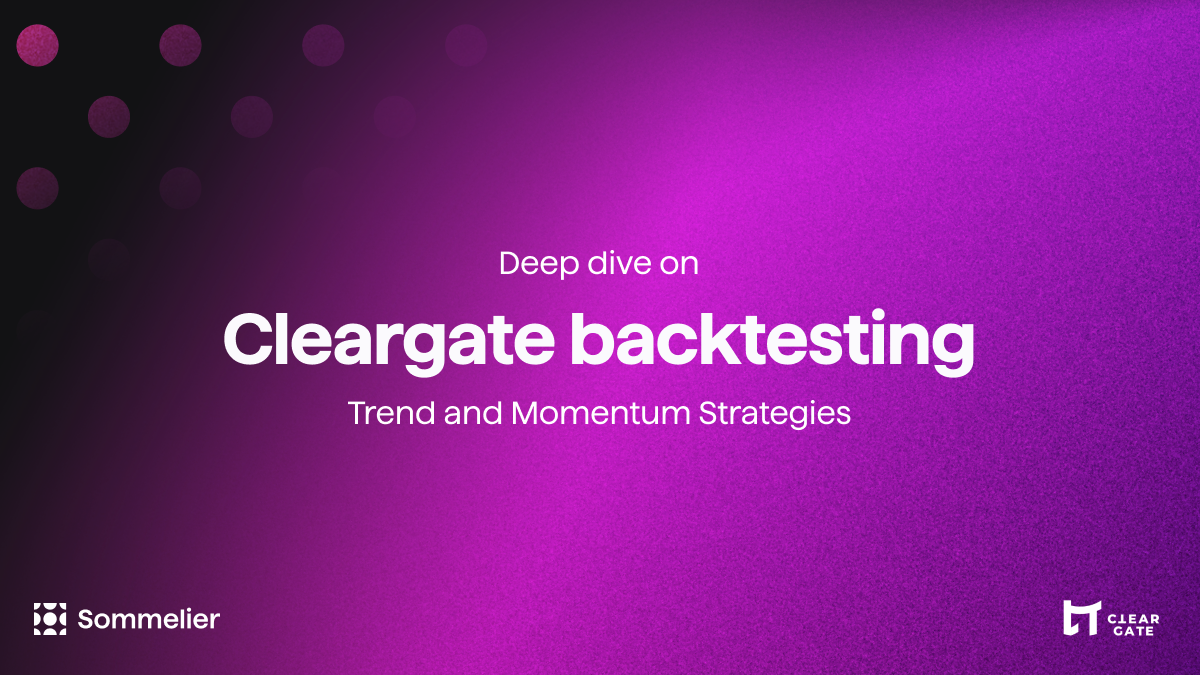
10/10/22 - Deep Dive on Cleargate Backtesting
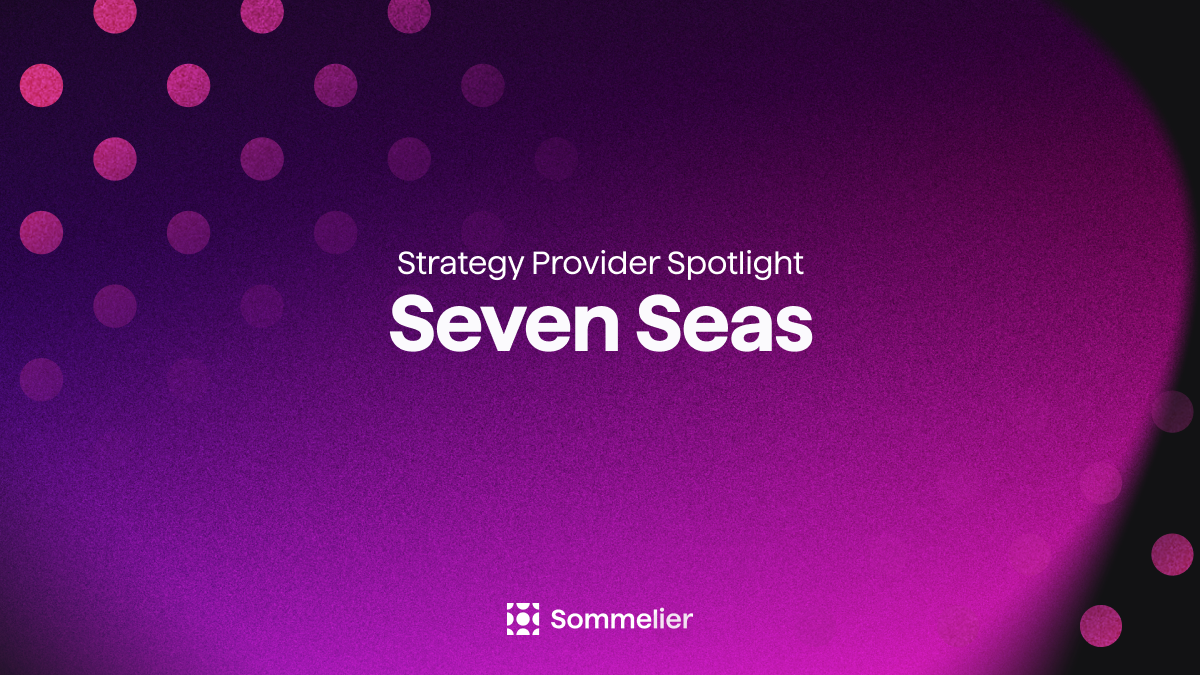
Strategy Provider Spotlight: Seven Seas

Deep Dive on Trend and Momentum Strategies

Strategy Provider Spotlight: ClearGate

Supporting Strategy Providers on Sommelier
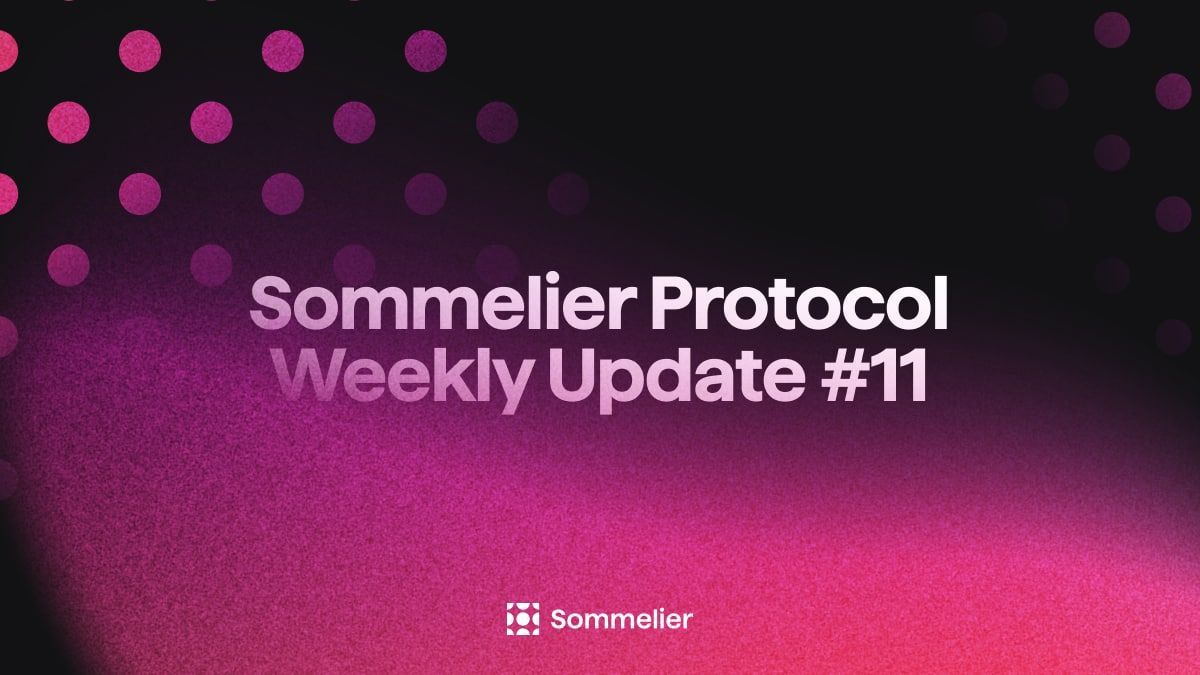
Sommelier Protocol Team Weekly Update #11
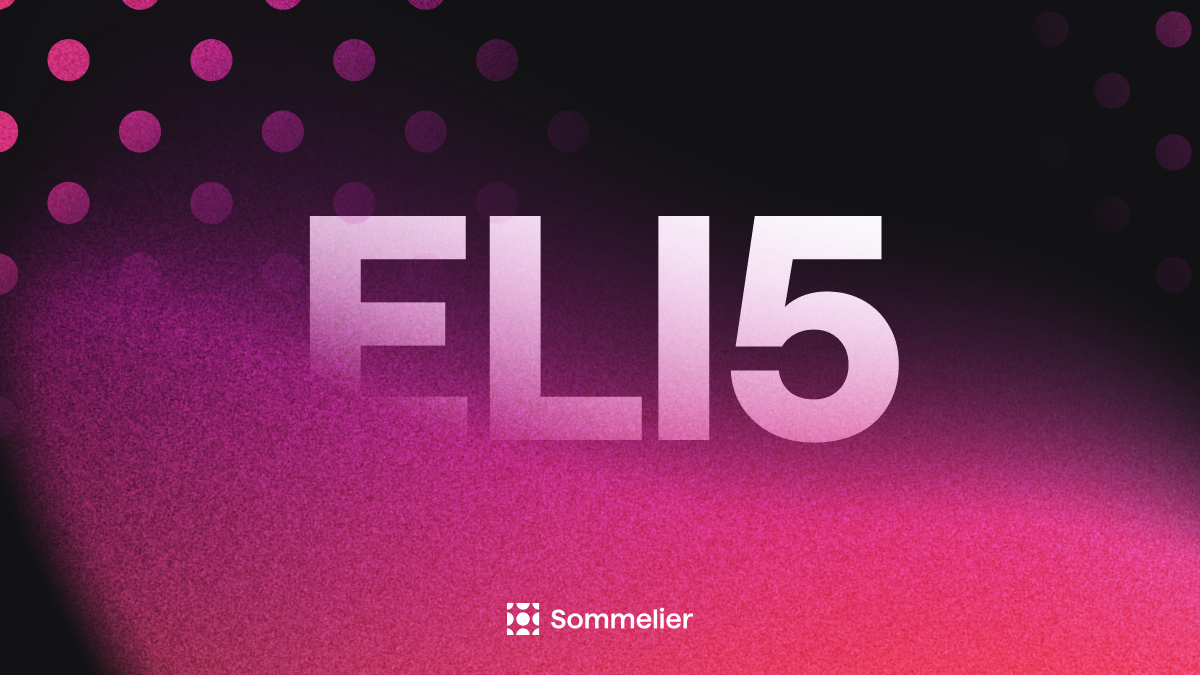
ELI-5 Explanation of the Data Science behind Sommelier’s First Aave Cellar

Sommelier Protocol Team Weekly Update #10
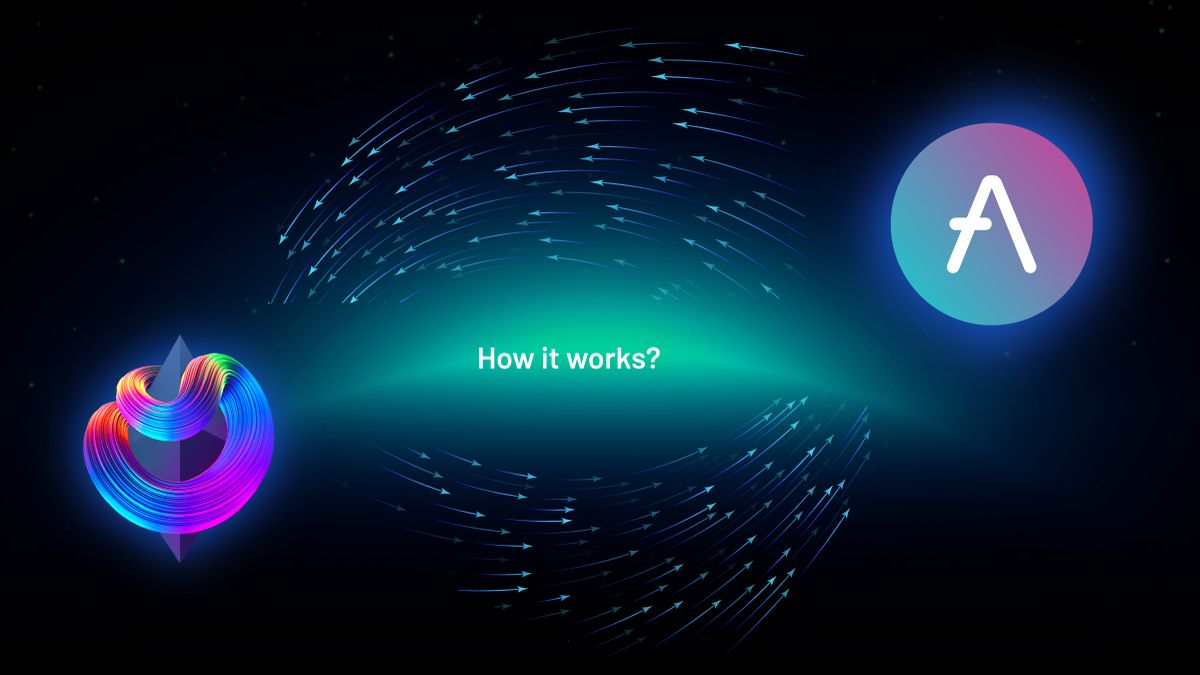
The Data Science Behind Sommelier’s First Aave Cellar
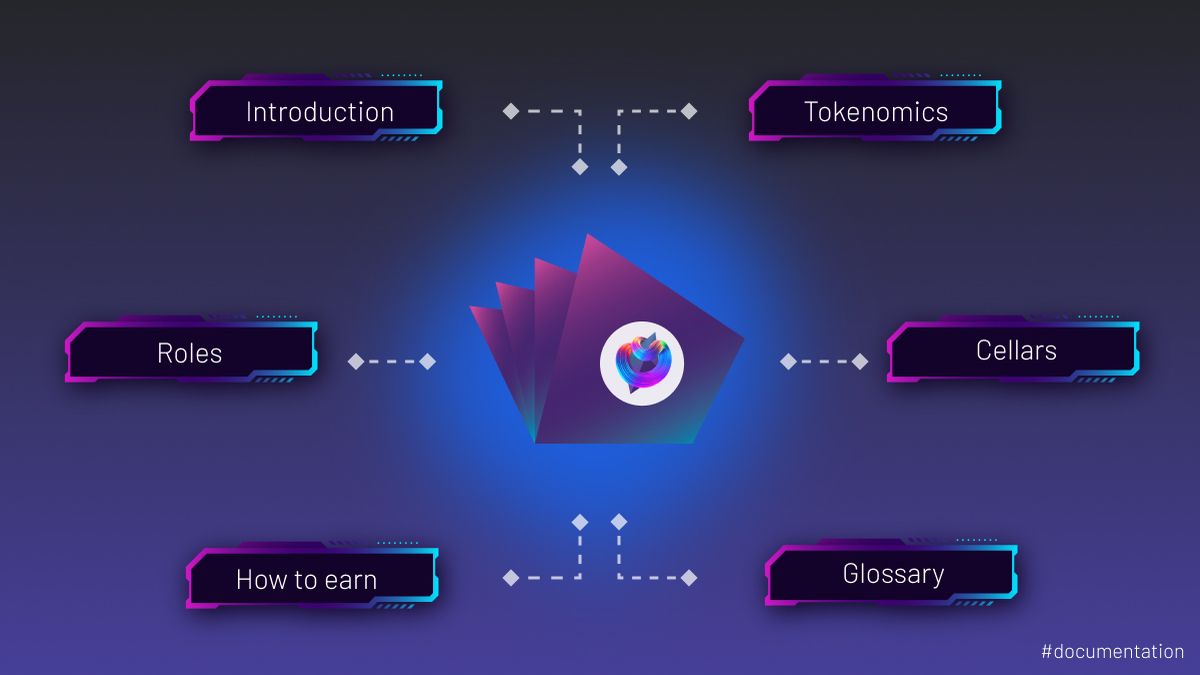
Sommelier Protocol Design Documents

Sommelier Protocol Team Weekly Update #9

Sommelier Protocol Team Weekly Update #8

Sommelier Protocol Team Weekly Update #7

Twitter Spaces With Sommelier: How to Launch a Cellar on Sommelier

Twitter Spaces With Sommelier: Protocol Upgrade and Community Update

Sommelier Protocol Team Weekly Update #4
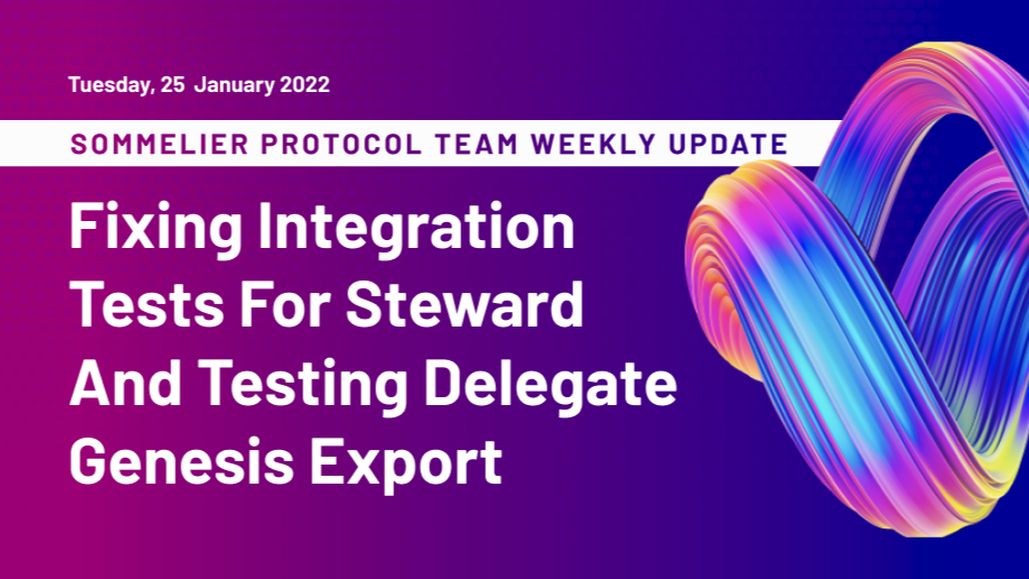
Sommelier Protocol Team Weekly Update #6
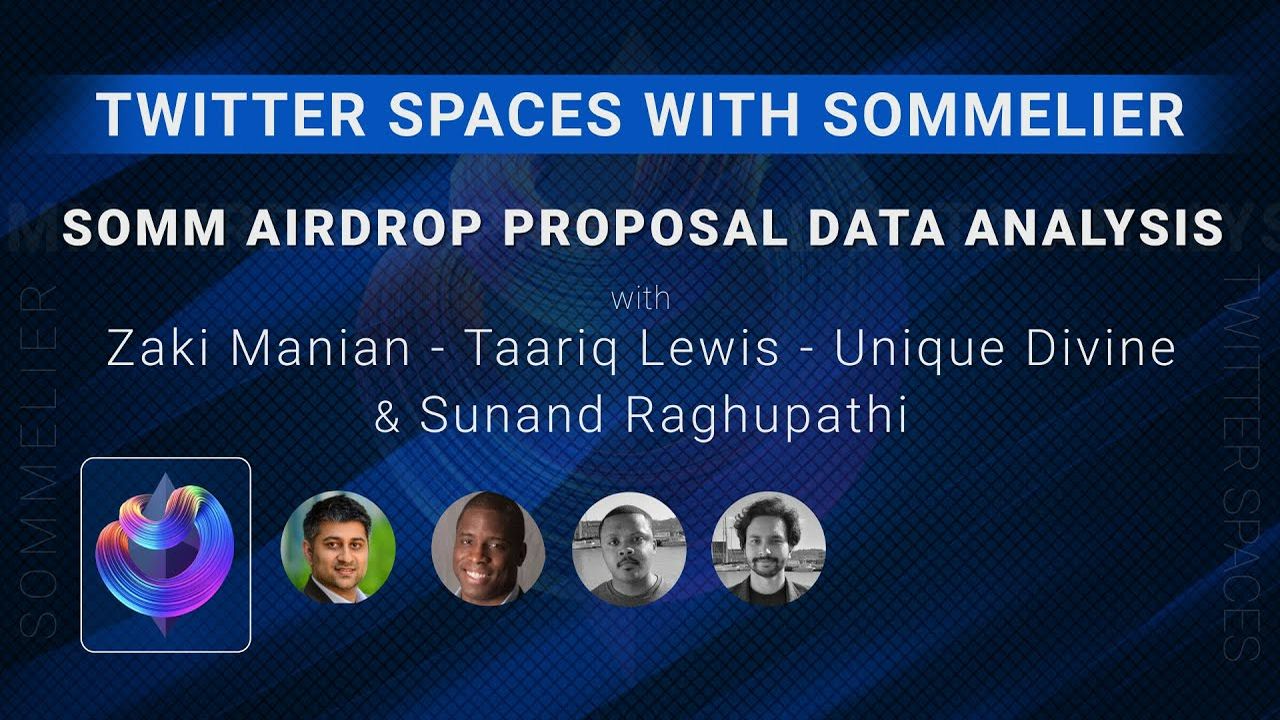
Twitter Spaces With Sommelier: SOMM Airdrop Proposal Data Analysis
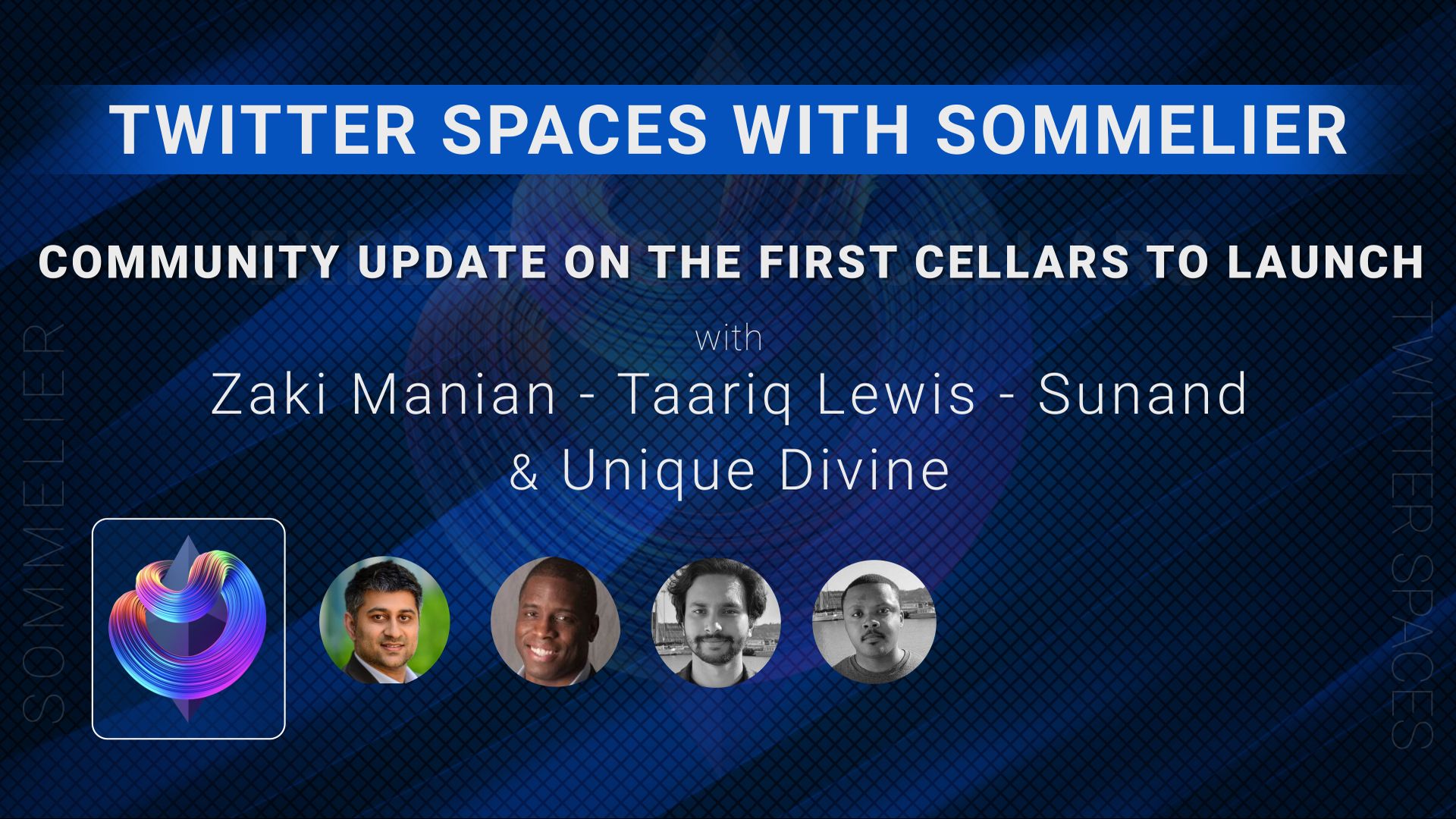
Twitter Spaces With Sommelier: Community Update on the First Cellars to Launch
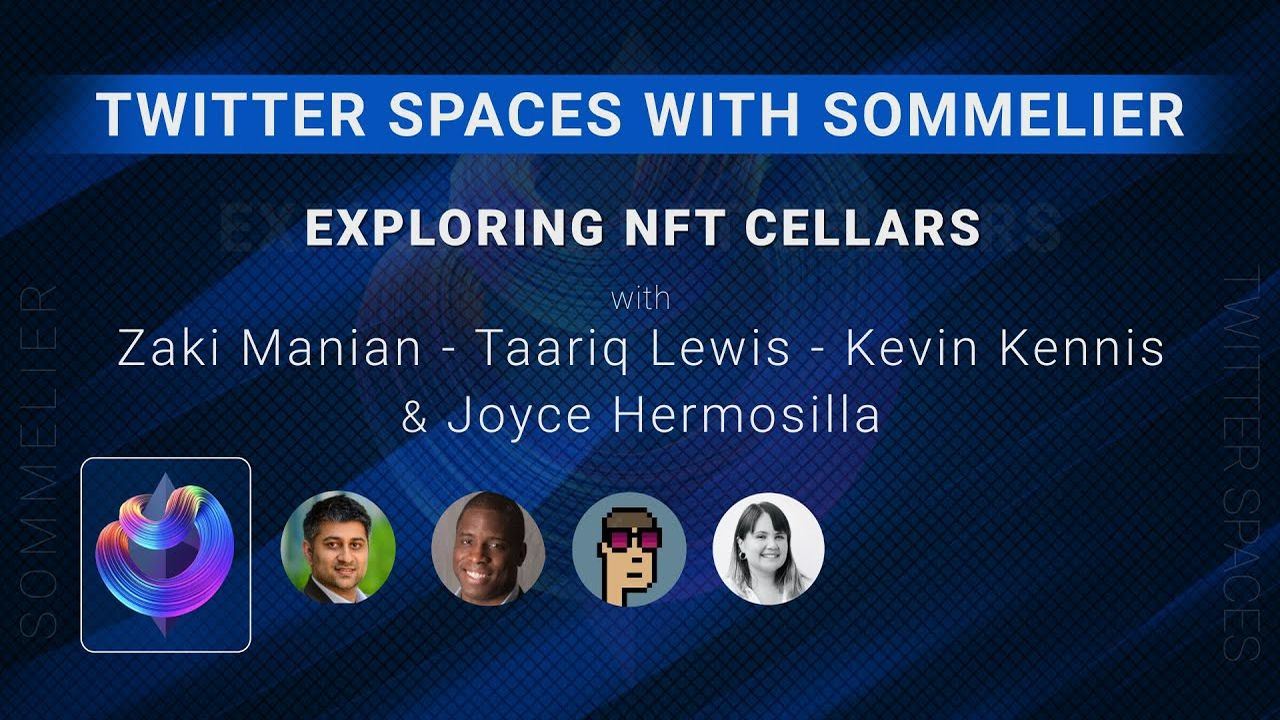
Twitter Spaces With Sommelier: Exploring NFT Cellars

Sommelier Protocol Team Weekly Update #1
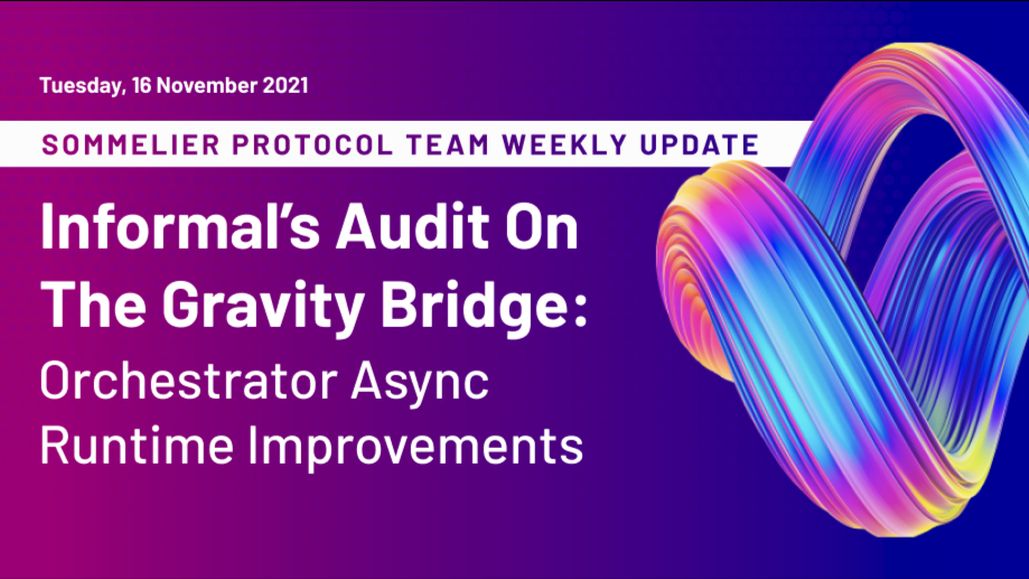
Sommelier Protocol Team Weekly Update #2
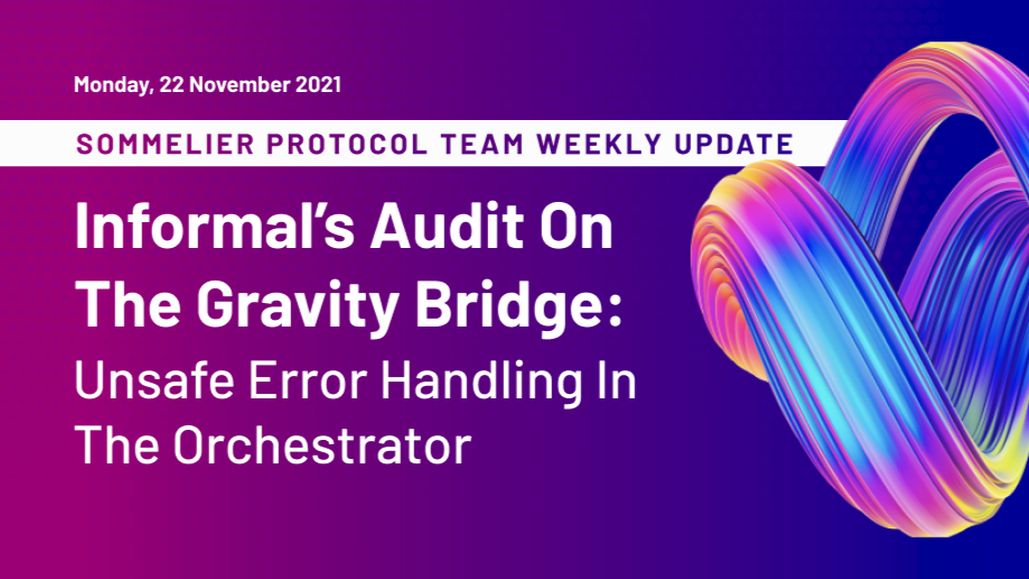
Sommelier Protocol Team Weekly Update #3

Three Things You Need to Know About Sommelier Governance This Week
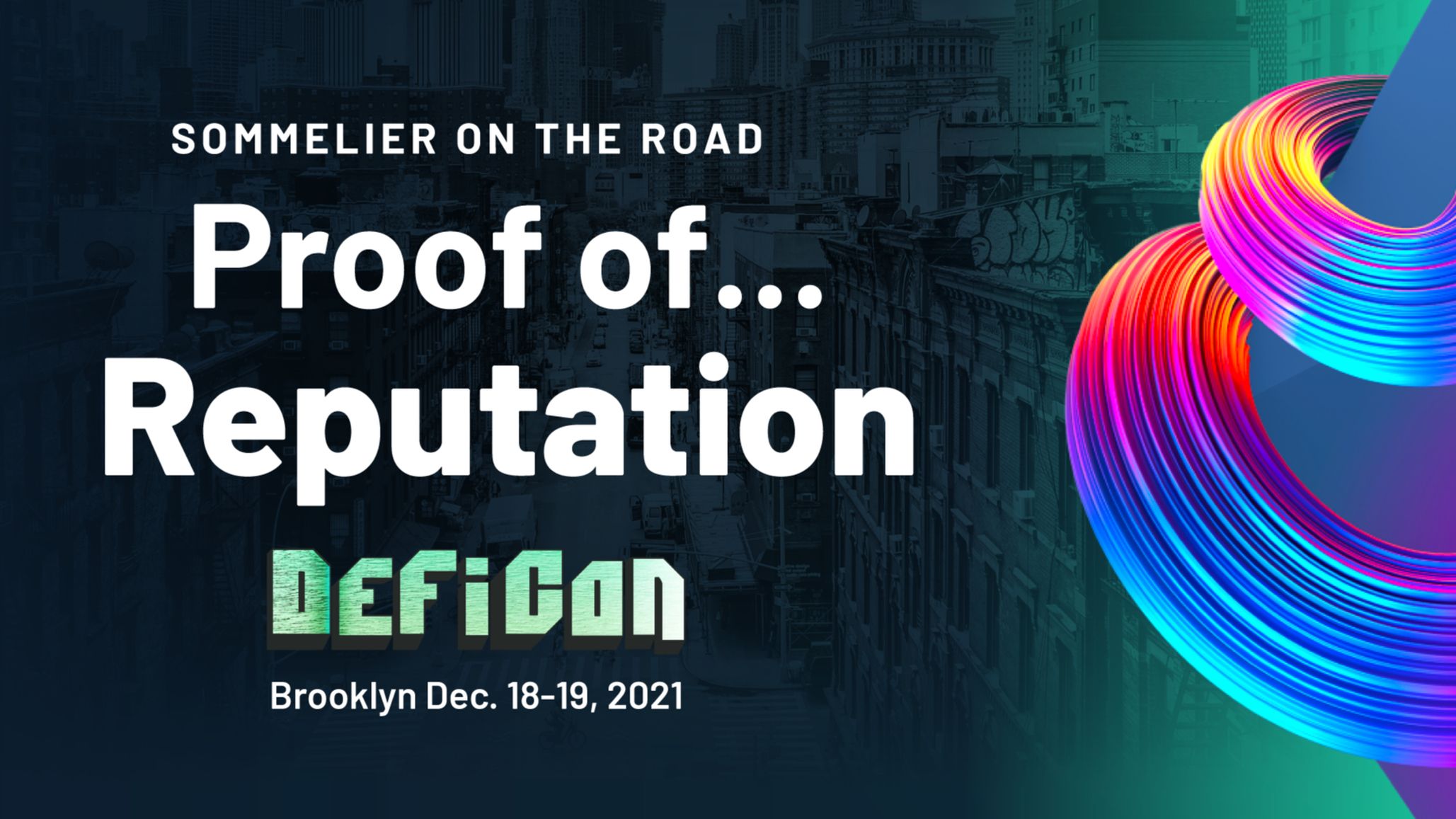
Sommelier On the Road: PROOF OF…REPUTATION
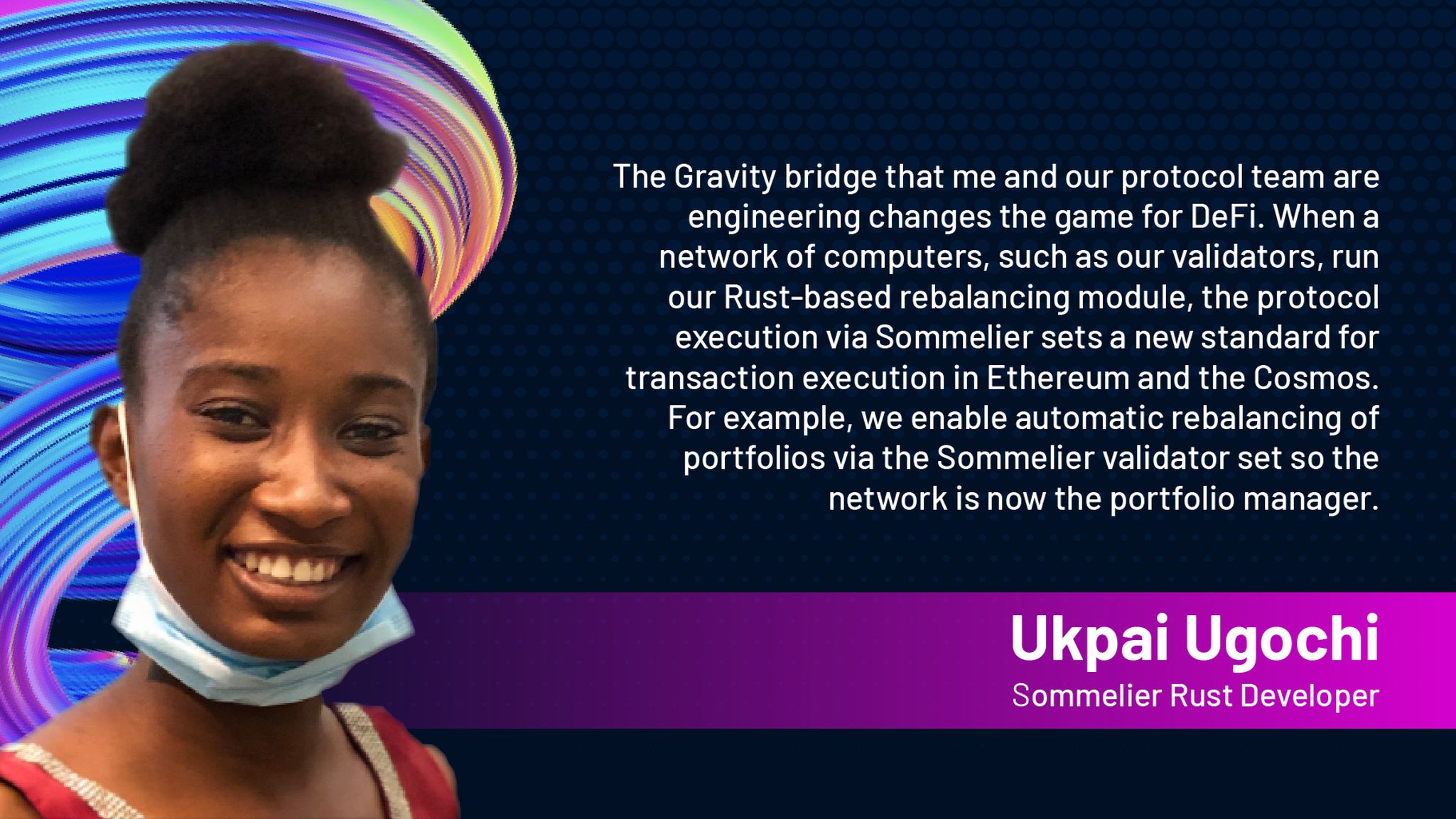
Introducing Ukpai Ugochi - Working on The Sommelier Cellars Rebalancer
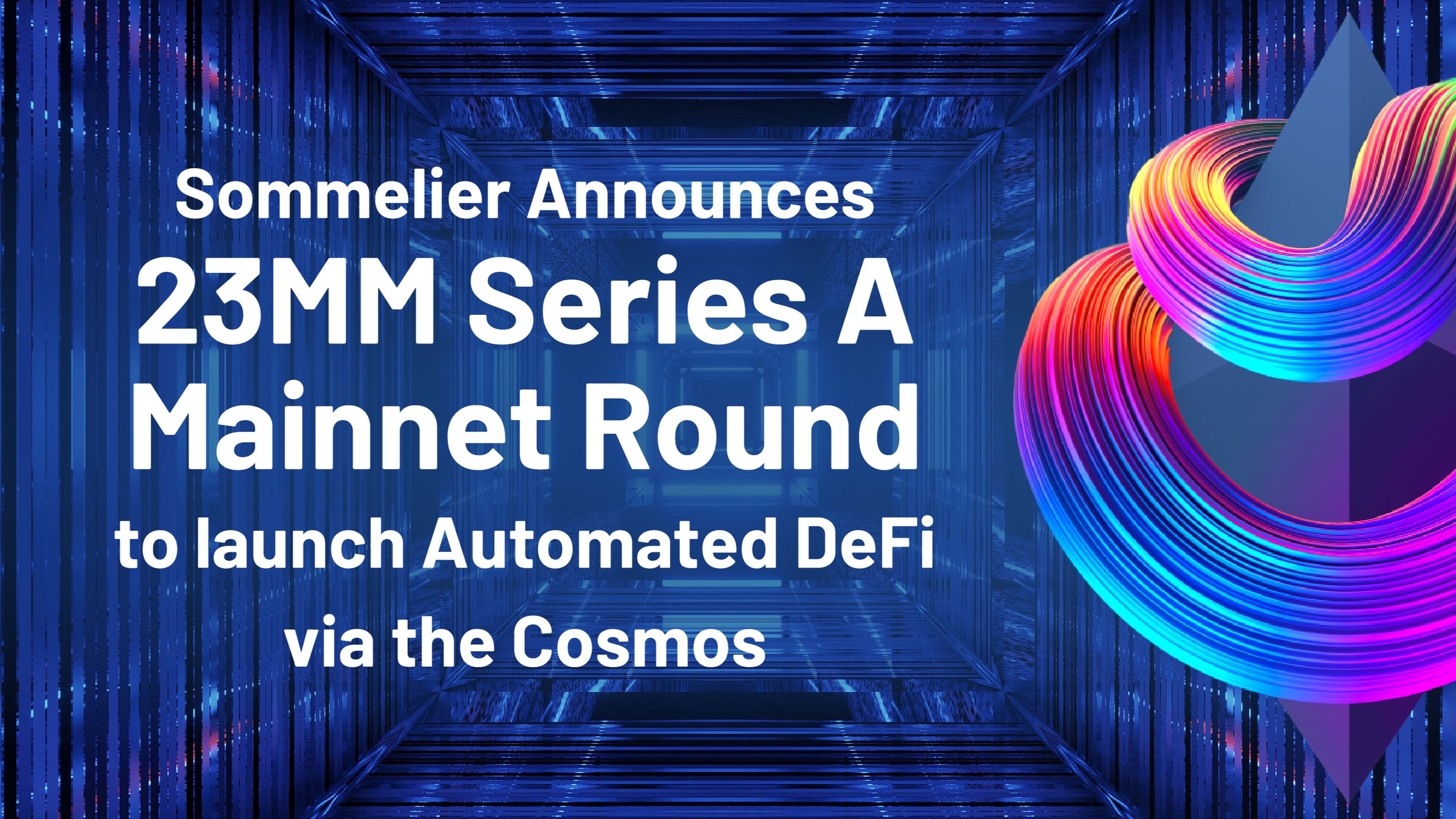
Sommelier Announces 23MM Series A Mainnet Round to launch Automated DeFi via the Cosmos
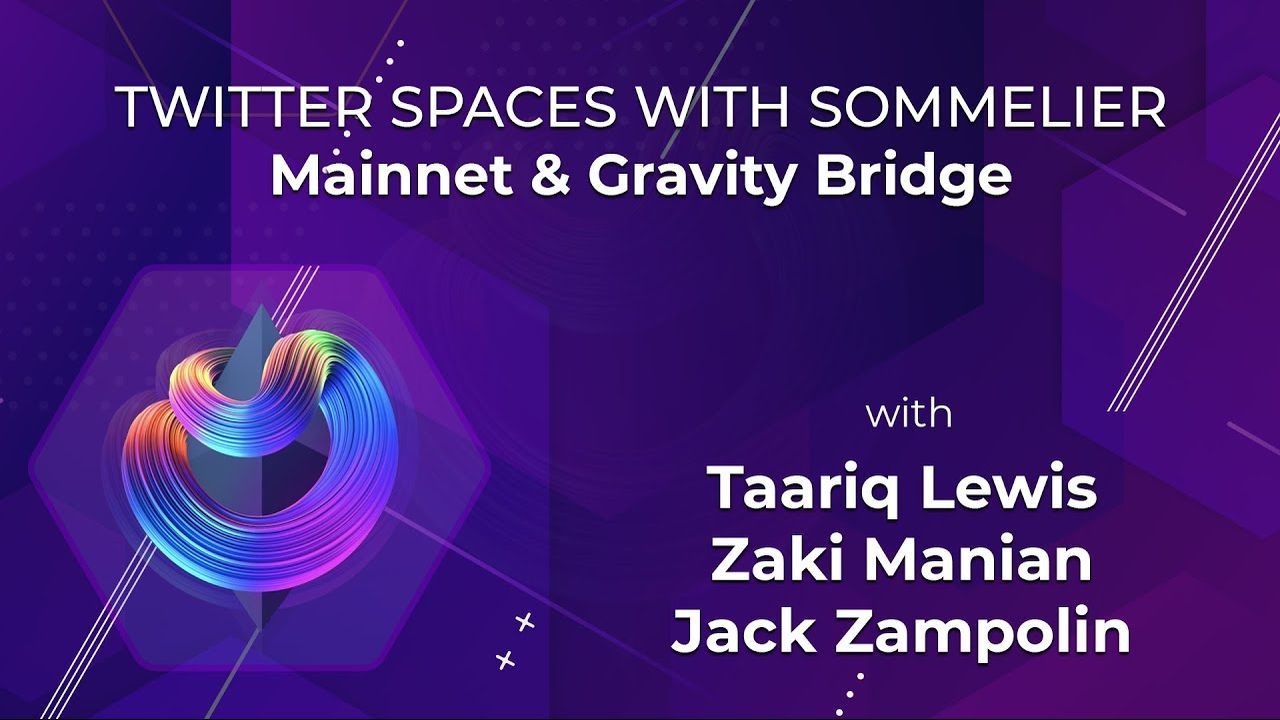
Twitter Spaces With Sommelier: Mainnet Launch & Gravity Bridge
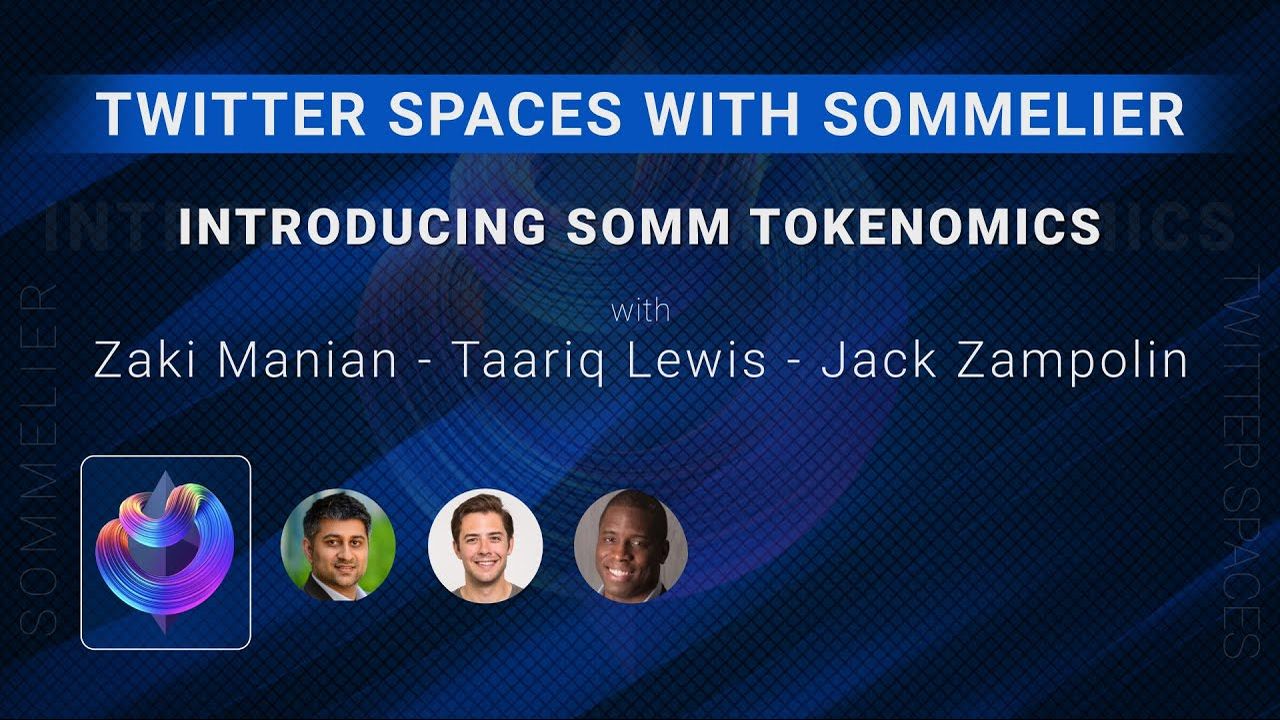
Twitter Spaces With Sommelier: Introducing SOMM Tokenomics

Twitter Spaces With Sommelier: Mysten Labs AMA With Evan Cheng

Introducing SIPS and Sommelier’s Governance Structure

Twitter Spaces With Sommelier: End of Year AMA 2021

Twitter Spaces With Sommelier: Intro to SIPS & Lisbon Blockchain Week
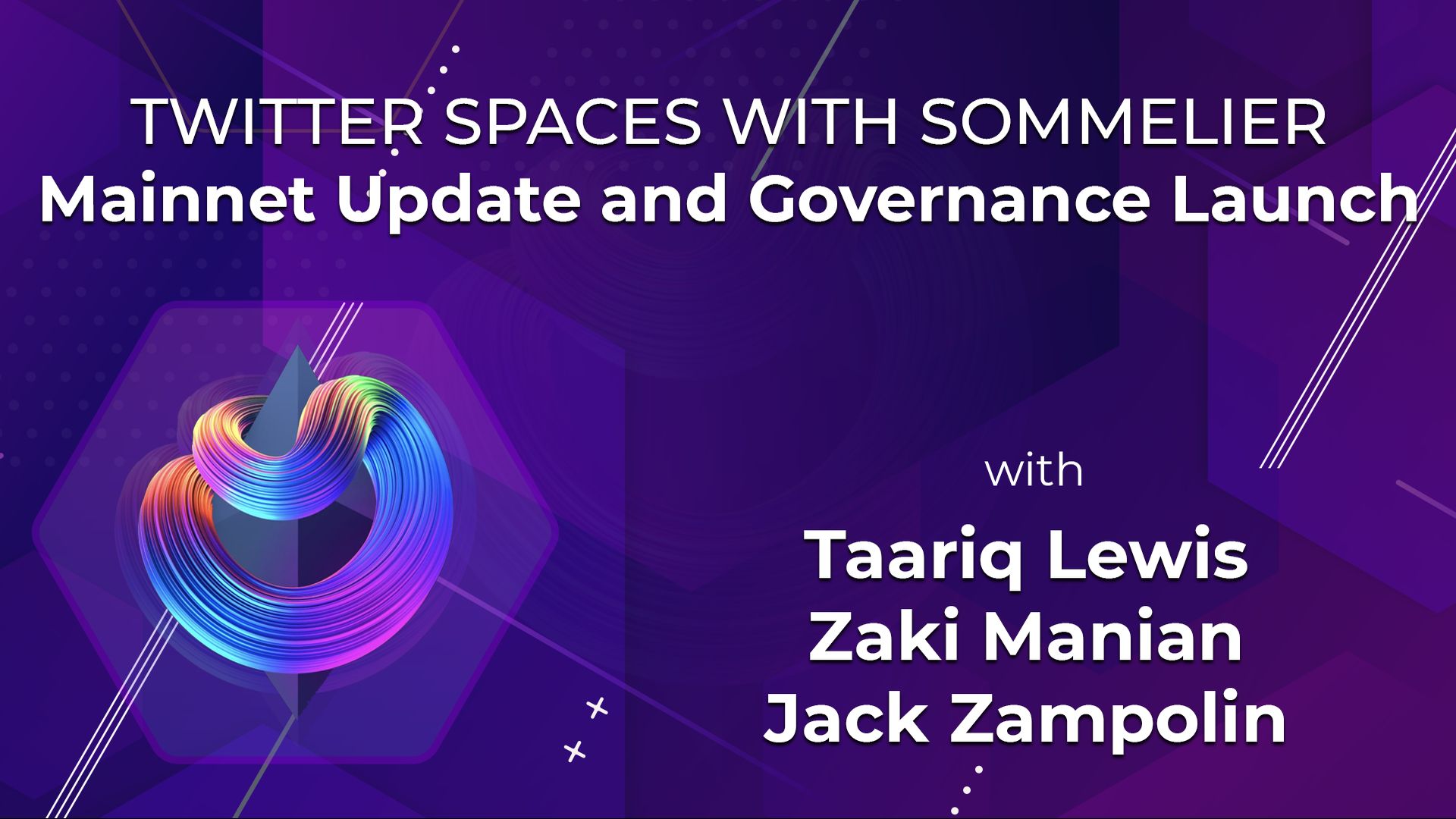
Twitter Spaces With the Sommeliers: Mainnet Update and Governance Launch

Sommelier Partners With Mysten Labs to Make Sommelier and All Cosmos Blockchains the Fastest Protocols on the Planet

Twitter Spaces With the Sommeliers: Sushi AMA With Joseph Delong
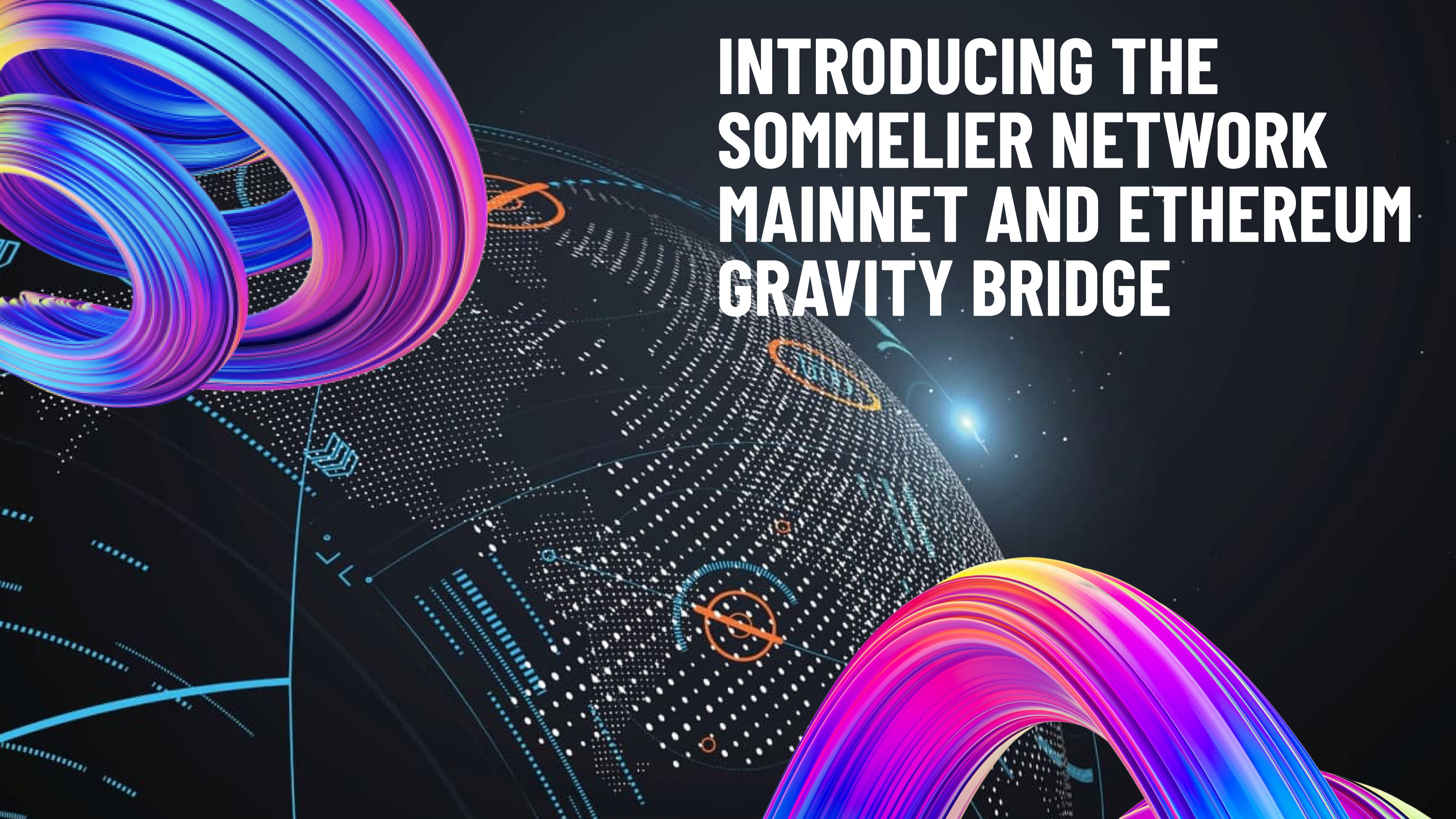
Introducing the Sommelier Network Mainnet and Ethereum Gravity Bridge
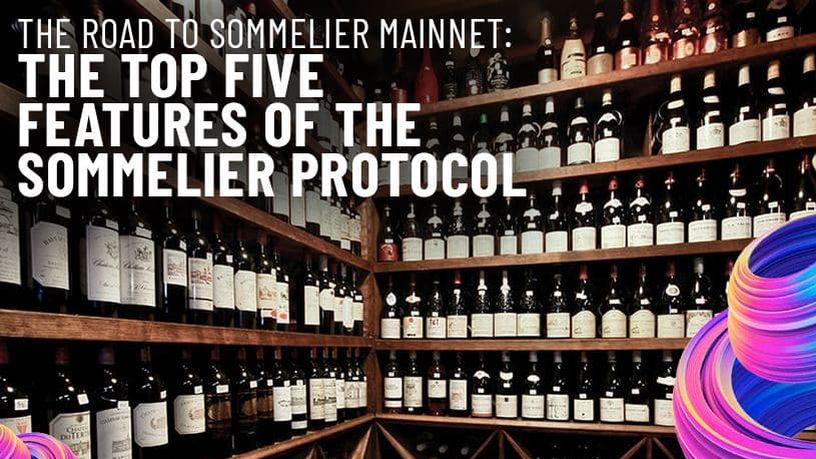
The Top Five Features of the Sommelier Protocol

Call for Validators: The Two Step Process for 2021

Two New Features Launched to Test Liquidity Management on Uniswap v3

Uniswap v3 Remove Smart Contract Incident Post Mortem for Sommelier
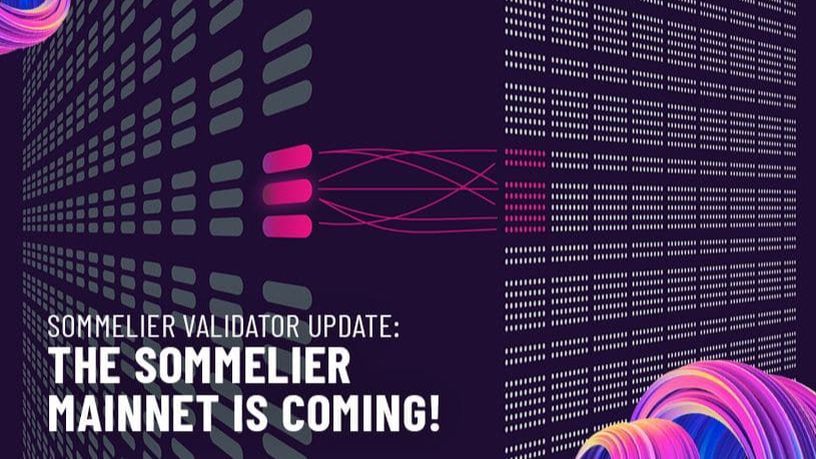
Call for Validators: Road to Sommelier Mainnet
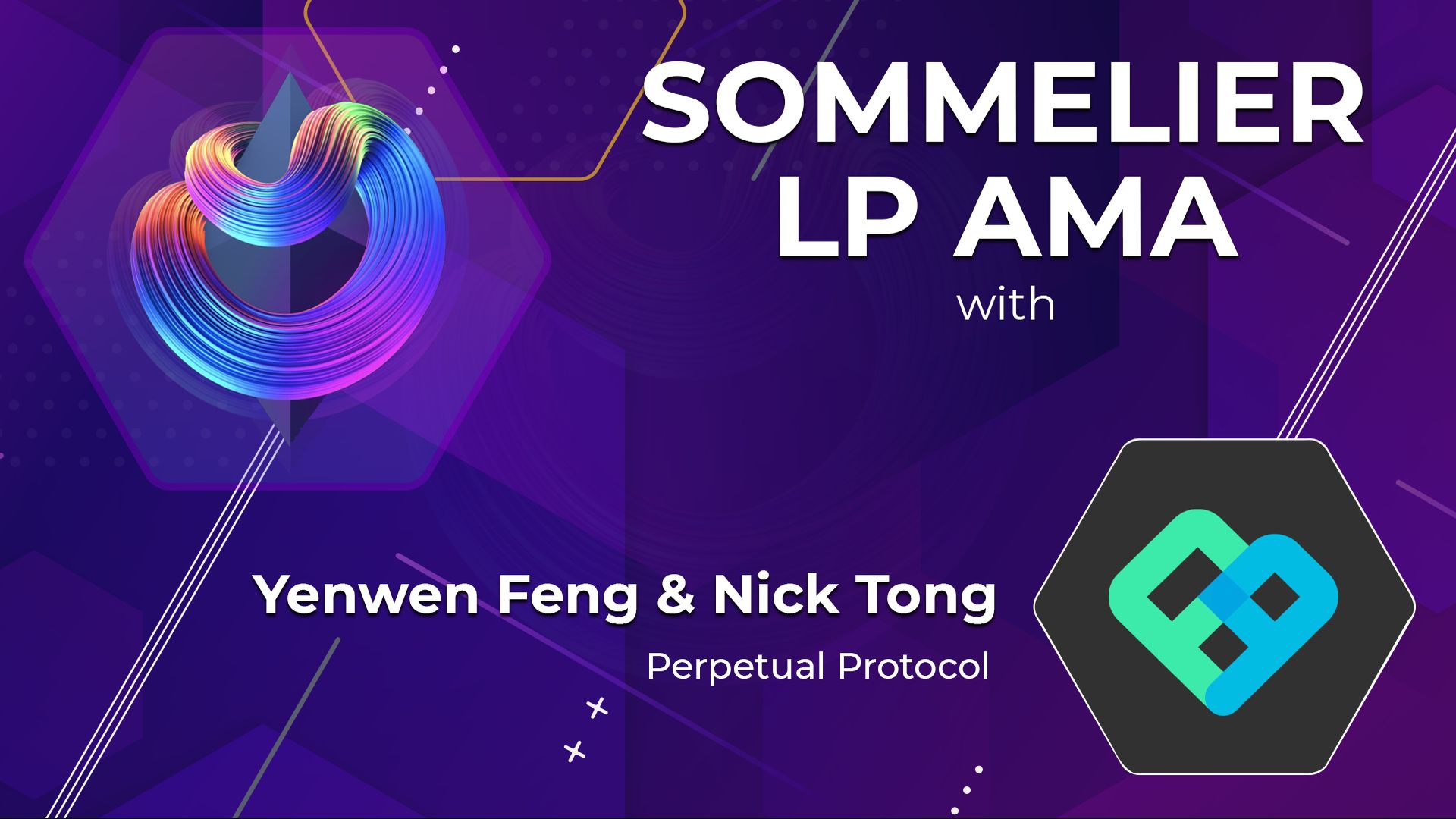
Sommelier Liquidity AMA With Yenwen and Nick From Perpetual Protocol
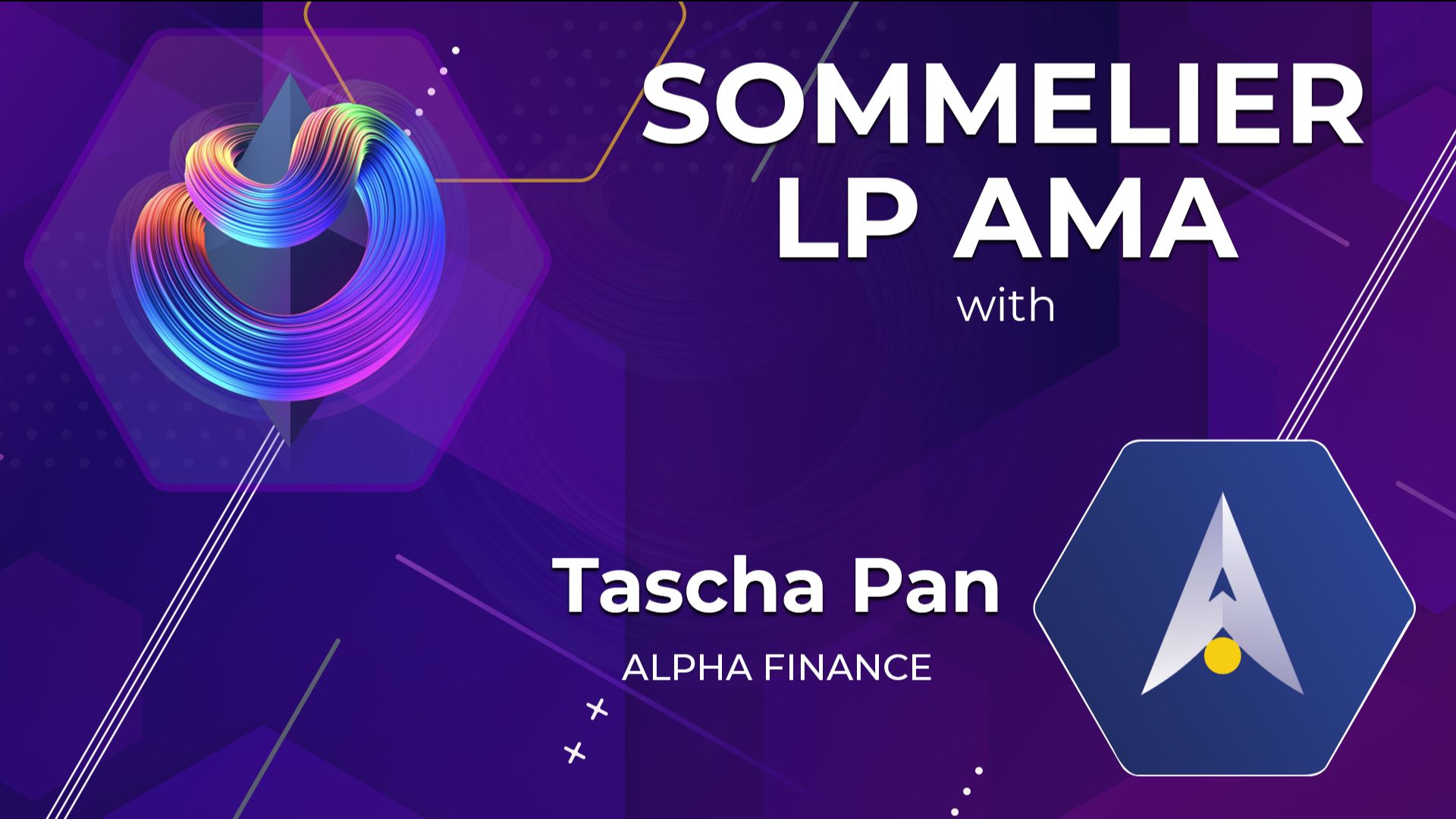
Sommelier Liquidity AMA With Tascha Pan From Alpha Finance
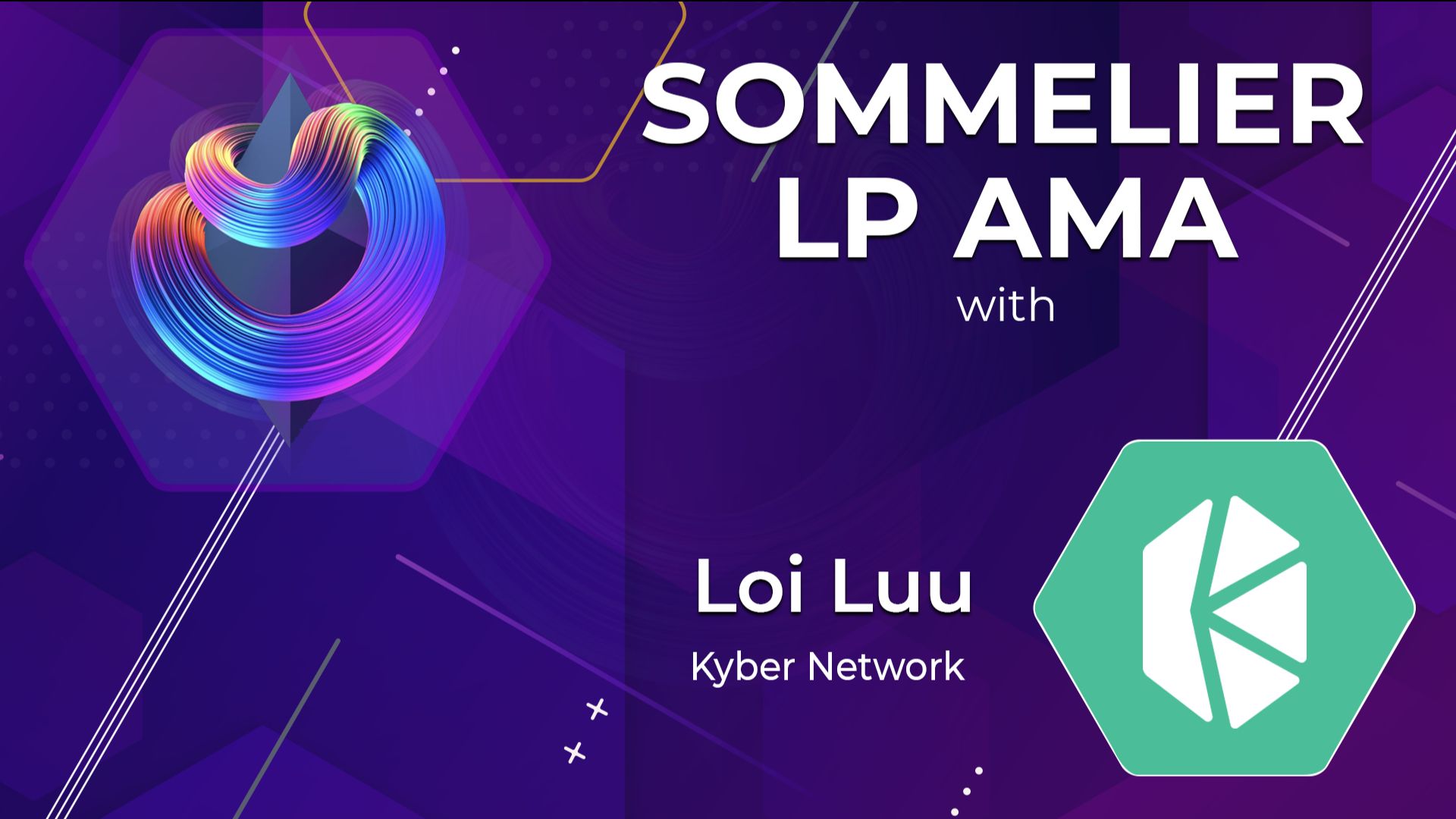
Sommelier Liquidity AMA With Loi Luu From Kyber Network

Sommelier Liquidity AMA With Alex From Peanut
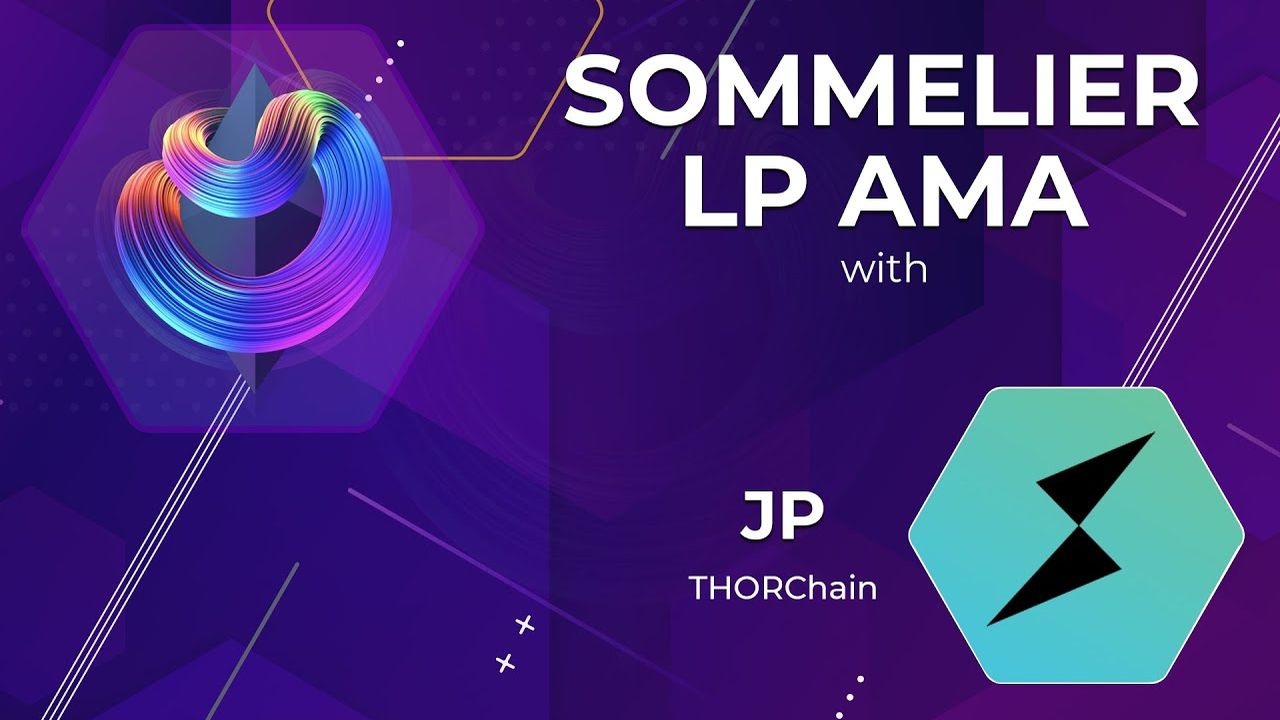
Sommelier Liquidity AMA With JP From THORChain

Sommelier Liquidity AMA With Alan Chiu From OMGX Network

Sommelier Liquidity AMA With Ari From Gelato Network
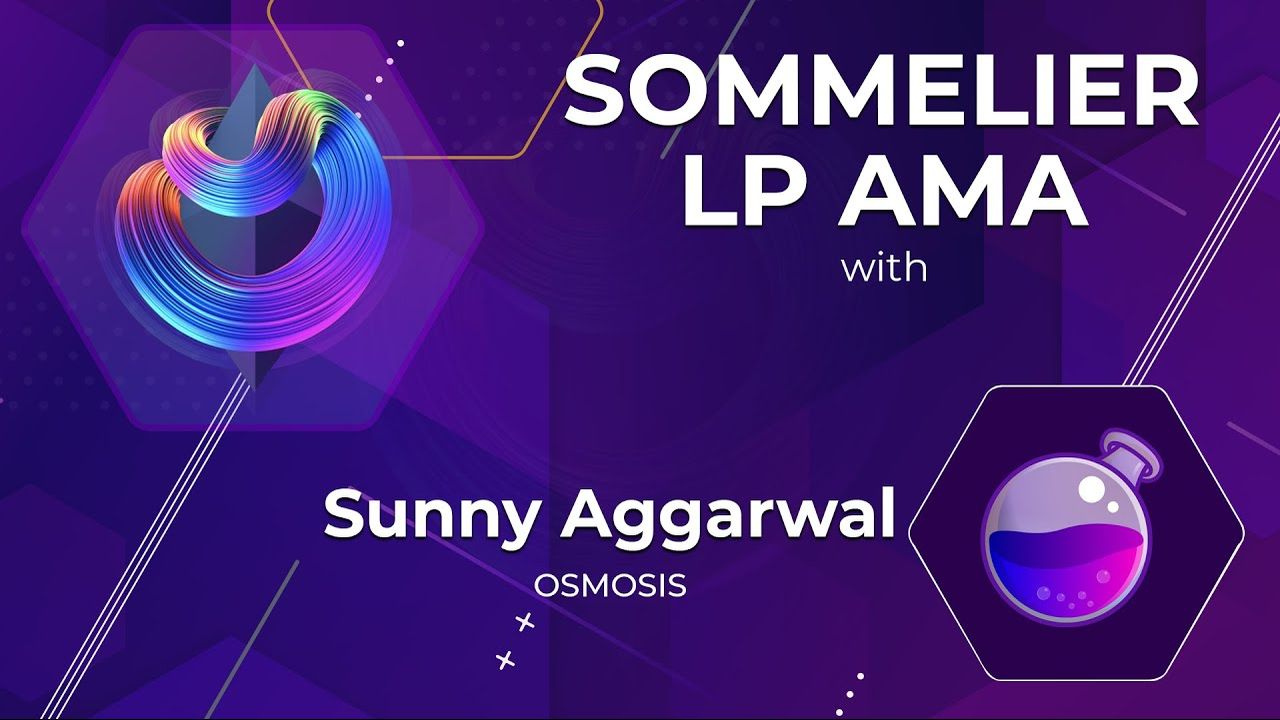
Sommelier Liquidity AMA With Sunny Aggarwal From Osmosis

A Fine Sommelier Explanation of Bollinger Bands With Kevin Kennis

Sommelier Liquidity AMA With Mona El Isa From Enzyme

Sommelier Liquidity AMA With Haxor From Method Finance

Sommelier Liquidity AMA With Tor From Secret Network
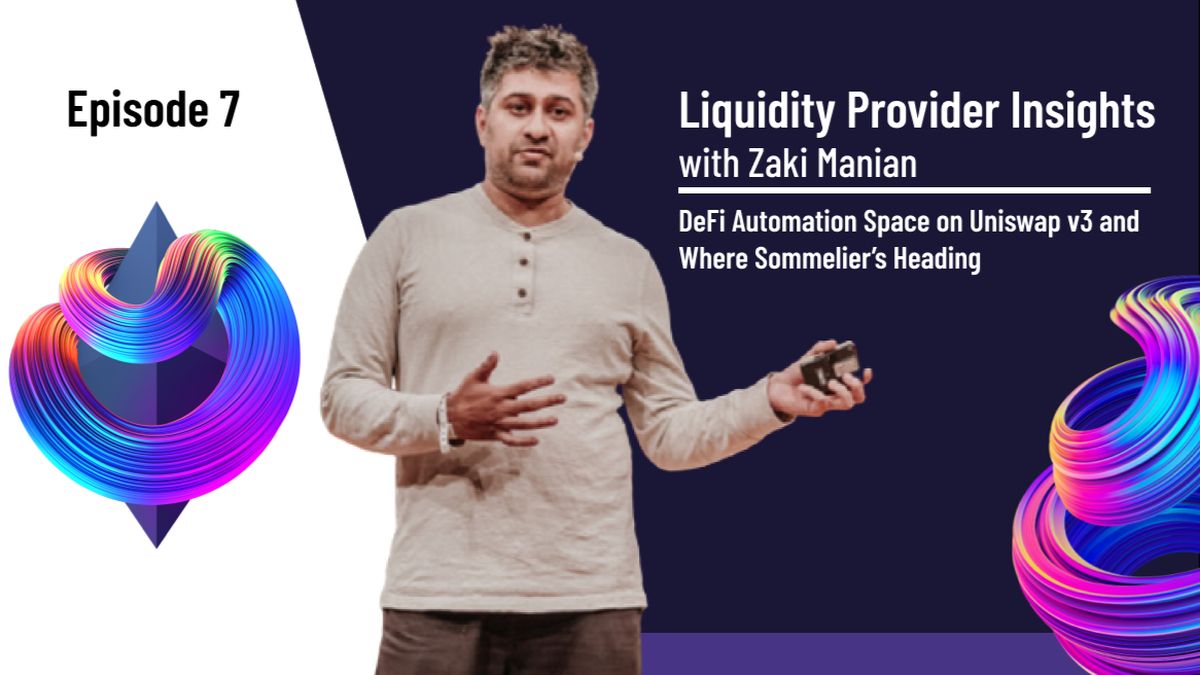
Liquidity Provider Insights With Zaki Manian - Ep. 7 - DeFi Automation Space on Uniswap v3 and Where Sommelier’s Heading
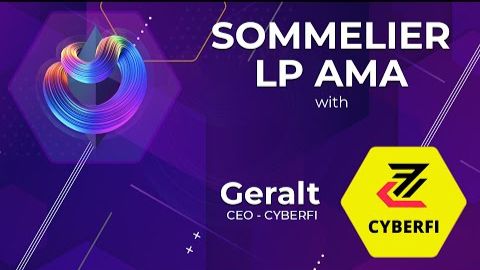
Sommelier Liquidity AMA With Geralt From CyberFi

A Pairings Tutorial of Two Sided Liquidity Addition with Sommelier
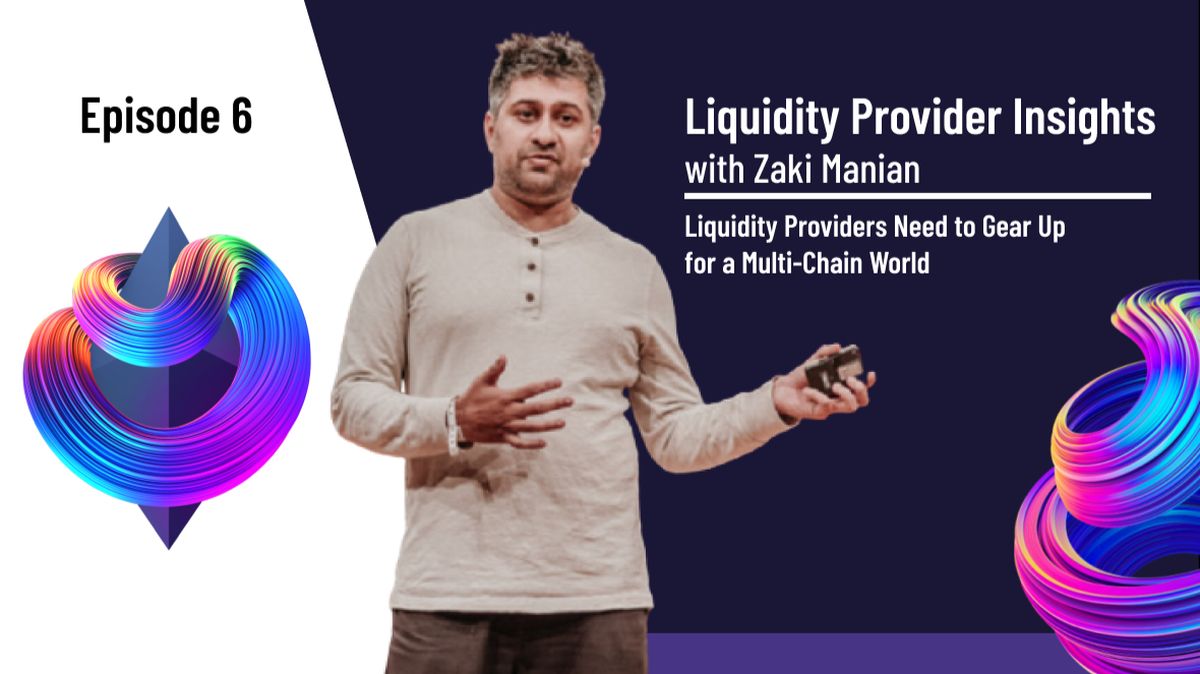
Liquidity Provider Insights with Zaki Manian - Ep. 6 - Liquidity Providers Need to Gear Up for a Multi-Chain World

Three New Summer Features for Liquidity Providers

Sommelier Liquidity AMA with Tom C and Max W from Charm

Sommelier Liquidity AMA with Dereek69 & Shalaquiana from BIOPset

Sommelier This Week - June 3rd 2021: The Road to Mainnet
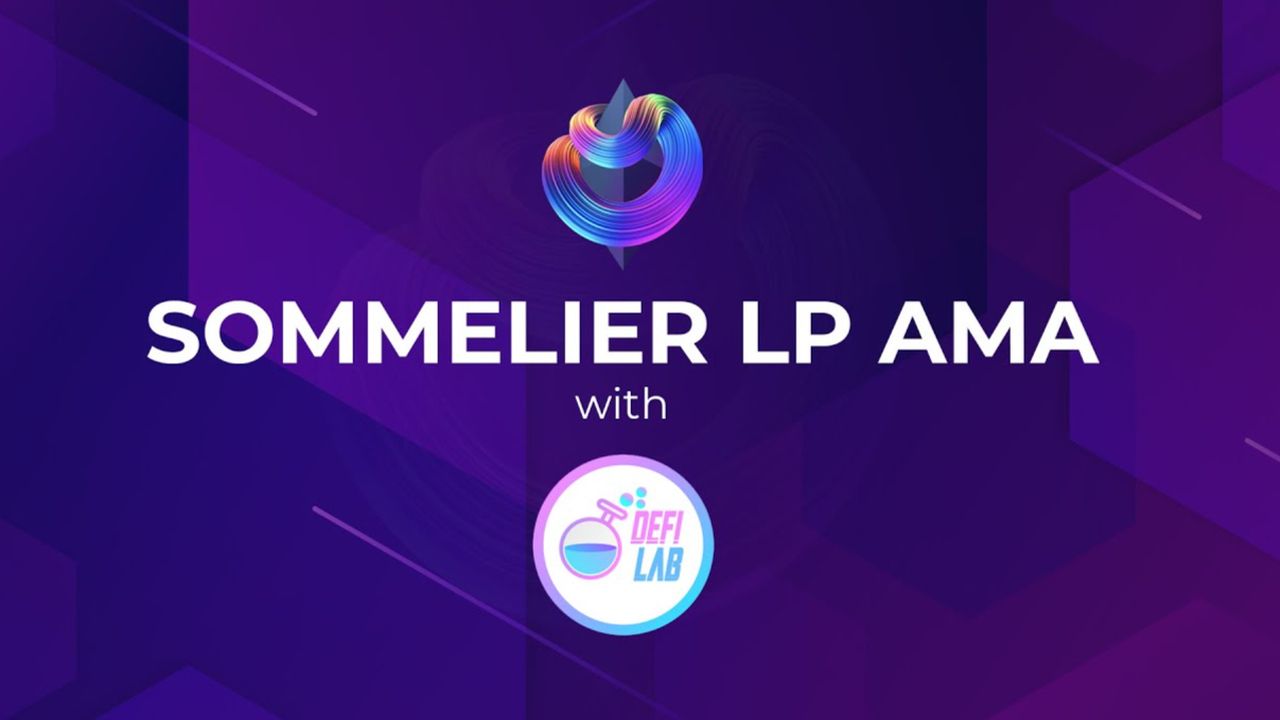
Sommelier Liquidity AMA with Federico Landini from DefiLab
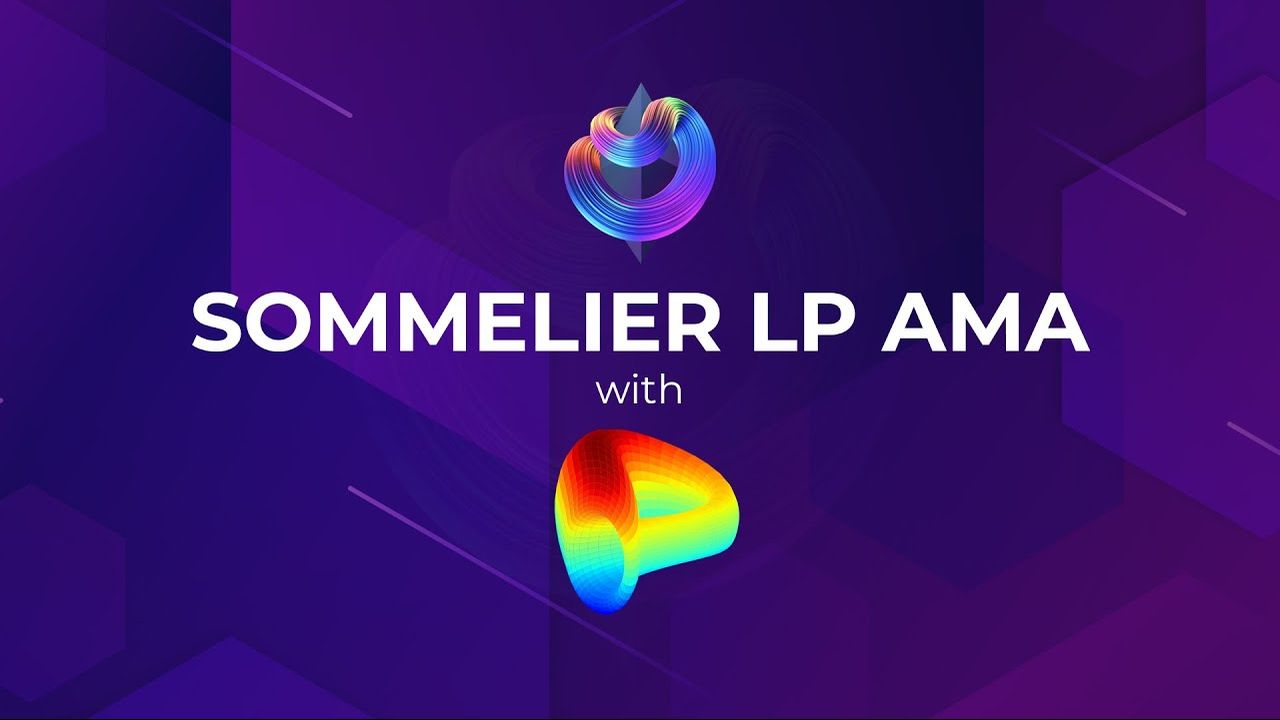
Sommelier Liquidity AMA with Michael Egorov from Curve
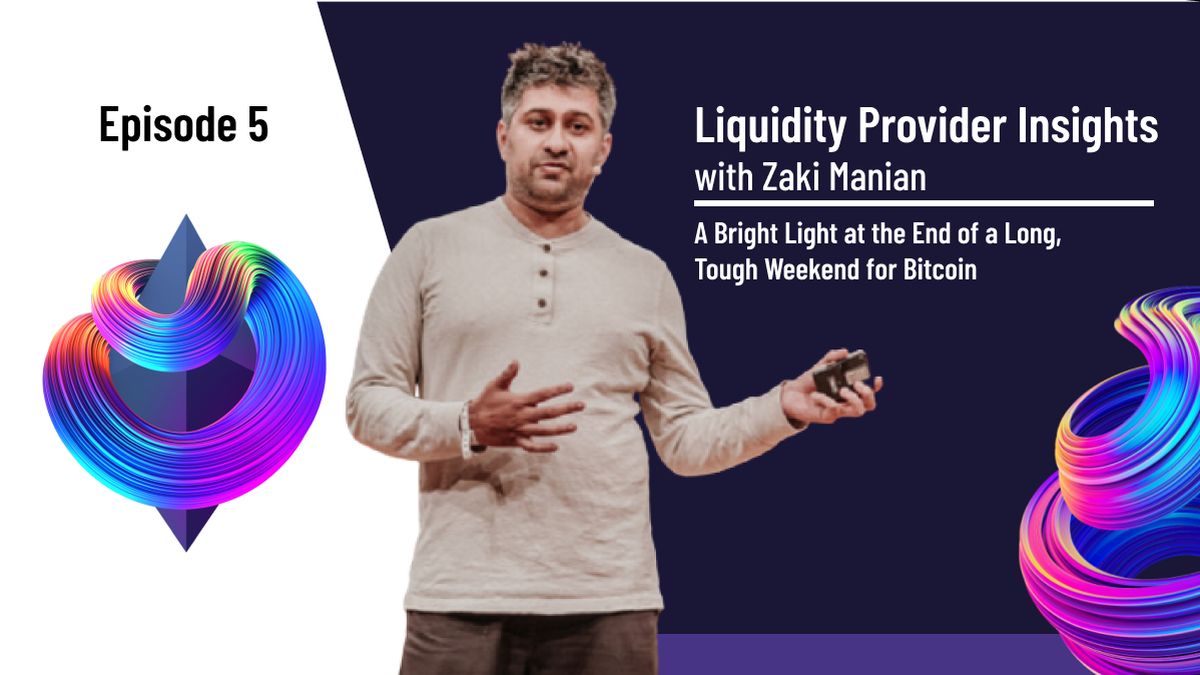
Liquidity Provider Insights with Zaki Manian - Ep. 5 - A Bright Light at the End of a Long, Tough Weekend for Bitcoin

Sommelier This Week - May 27th 2021: What Aspiring Sommelier Validators Need to Know on Last Week’s Protocol and App Progress
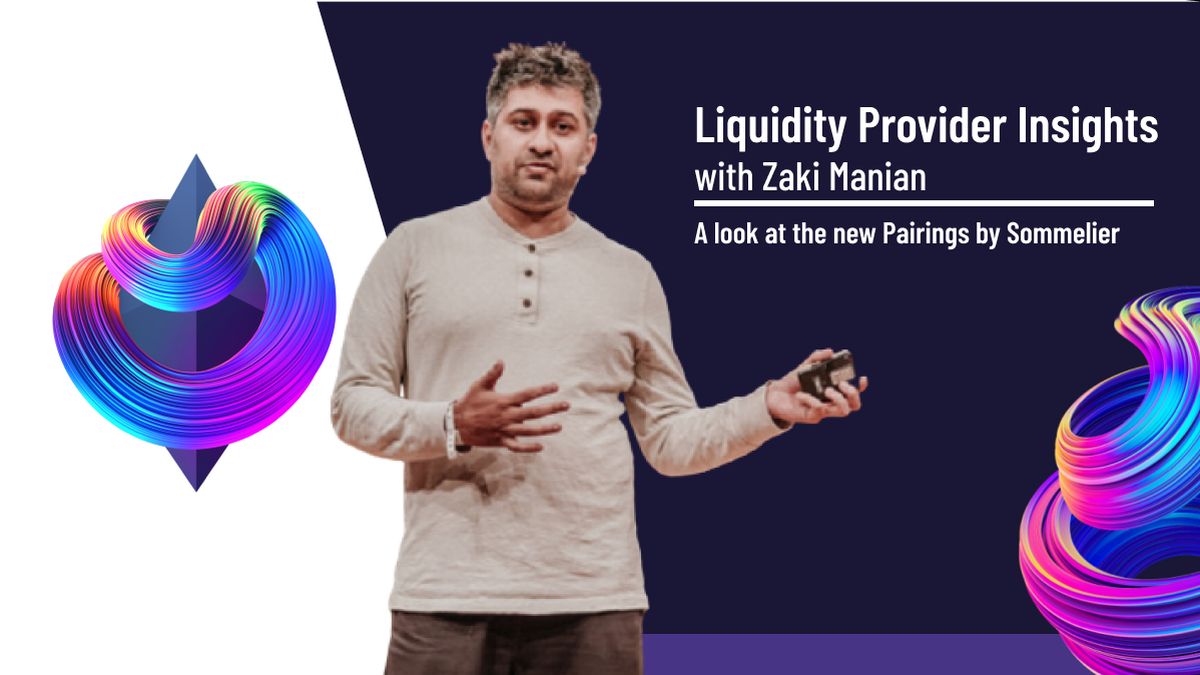
Liquidity Provider Insights with Zaki Manian (Special Edition) - Ep. 4 - New Pairings Release

Sommelier R&D AMA With Yaniv Tal From the Graph

Sommelier Liquidity AMA with MacLane Wilkison from NuCypher

The Eight Steps to Become a Liquidity Provider with Pairings

Sommelier NFT Awards - May 18th, 2021
Pairings By Sommelier: The FAQ

Zaki Manian Breaks Down What Liquidity Providers Need to Know Under Uniswap v3

Sommelier This Week - May 6th 2021: How This Week’s Protocol and App Progress Weaves Together to Make a Product
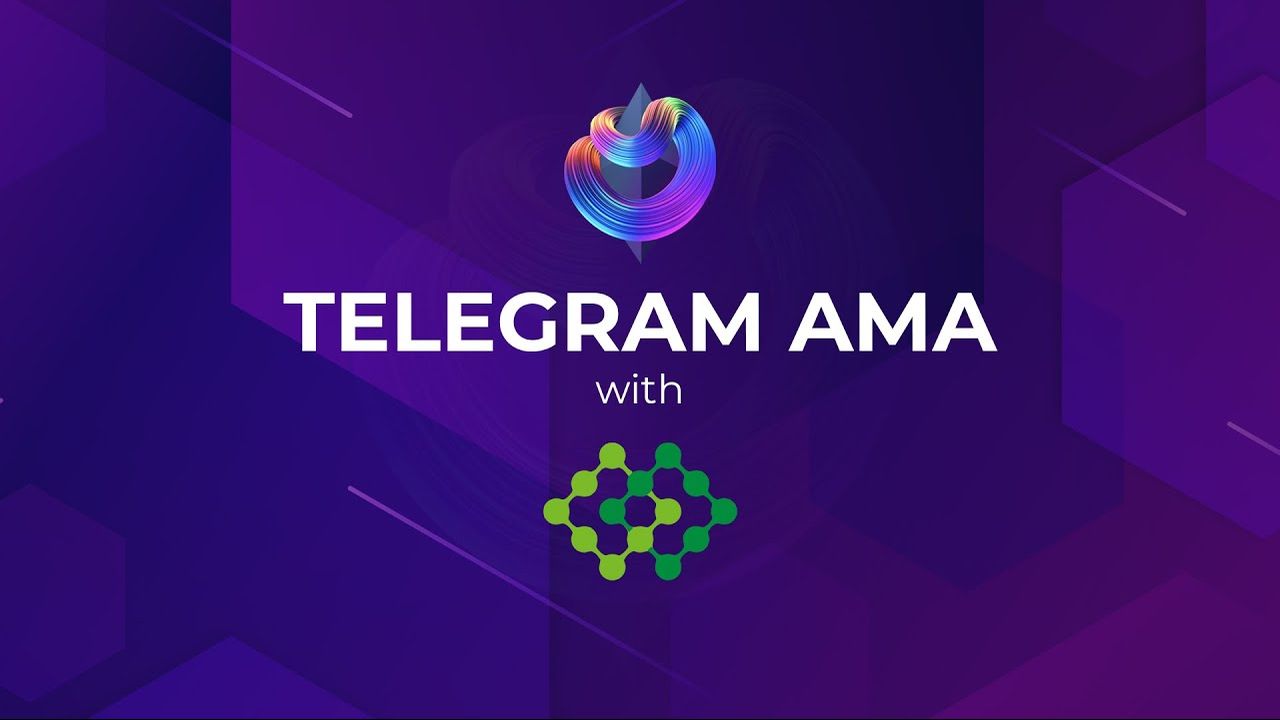
Sommelier Liquidity AMA with Dan Thomson from InsurAce

Sommelier This Week - April 29th 2021: Weeks Away From a Taste of the Sommelier App Experience and How the Dev Team Stays on Track
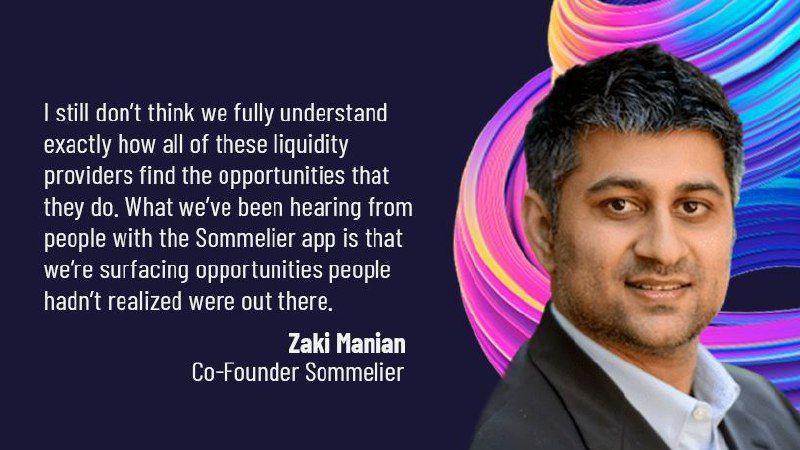
Zaki Manian Breaks Down a Phase Change Liquidity Providers Need to Know About Automated Market Makers

Introducing Jehan Tremback: Sommelier Core Developer and Althea Co-Founder that pushes the Limits of the Blockchain Bridge with Gravity

Sommelier This Week - April 22nd 2021: An Inside Look at Progress on Coordinating Sommelier Components That Contribute to the Chain

Sommelier This Week - April 15th 2021: Providing a Best-in-Class Experience for Uniswap Liquidity Providers

Sommelier Announces $1M R&D Grant from The Graph Foundation

Introducing LP Rewards: This Week With Cellframe
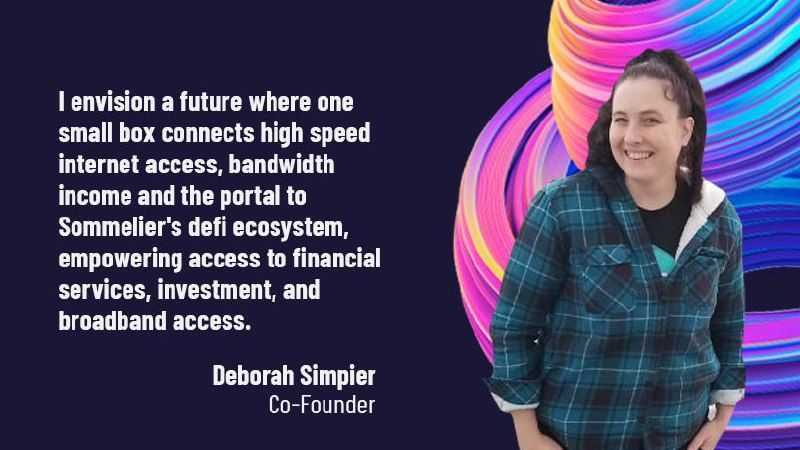
Introducing Deborah Simpier: Althea CEO and Sommelier Co-Founder Who Brought the Gravity Bridge to Life in The Cosmos

Sommelier This Week - April 8th 2021: What Uniswap v3 Means For Sommelier Architecture and Validators
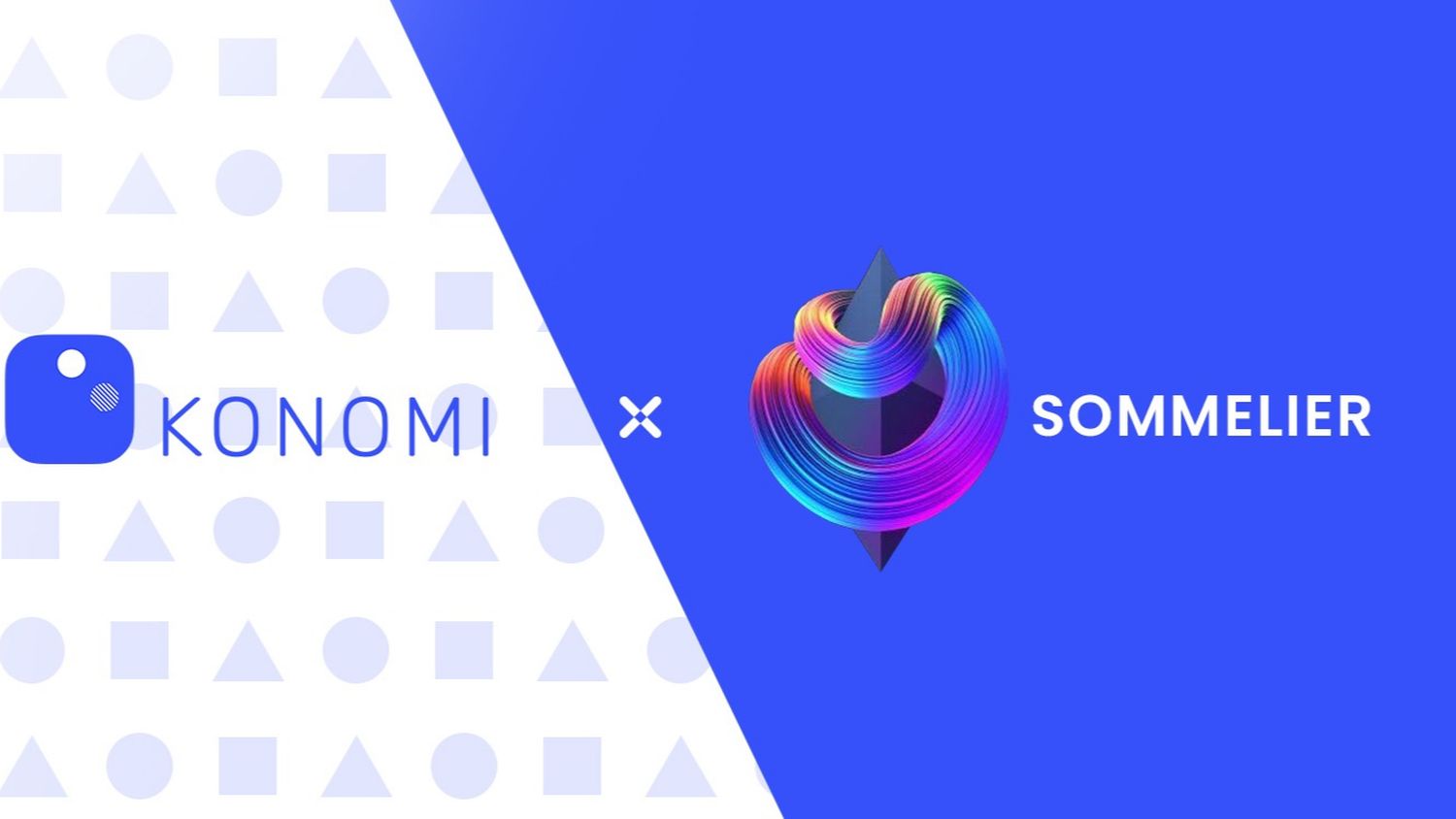
Introducing Sommelier LP Rewards Program

Sommelier This Week - April 1st 2021: Gravity Bridge and Private Testnets

Blockchain startup decides to acquire a California winery and host NFT wine parties
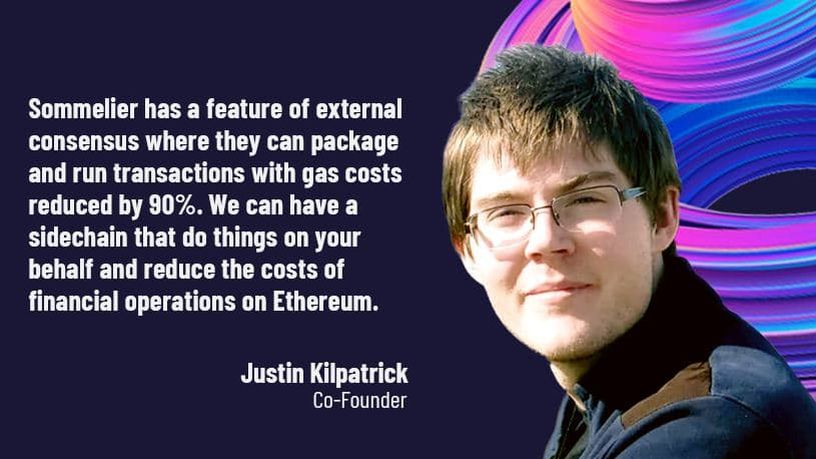
Introducing Justin Kilpatrick: The Blockchain Bridge Wizard Who Maintains Gravity

Five Ways UniswapV3 changes the world for Liquidity Providers on the AMM

Introducing Jack Zampolin: On Becoming A Sommelier in The Cosmos
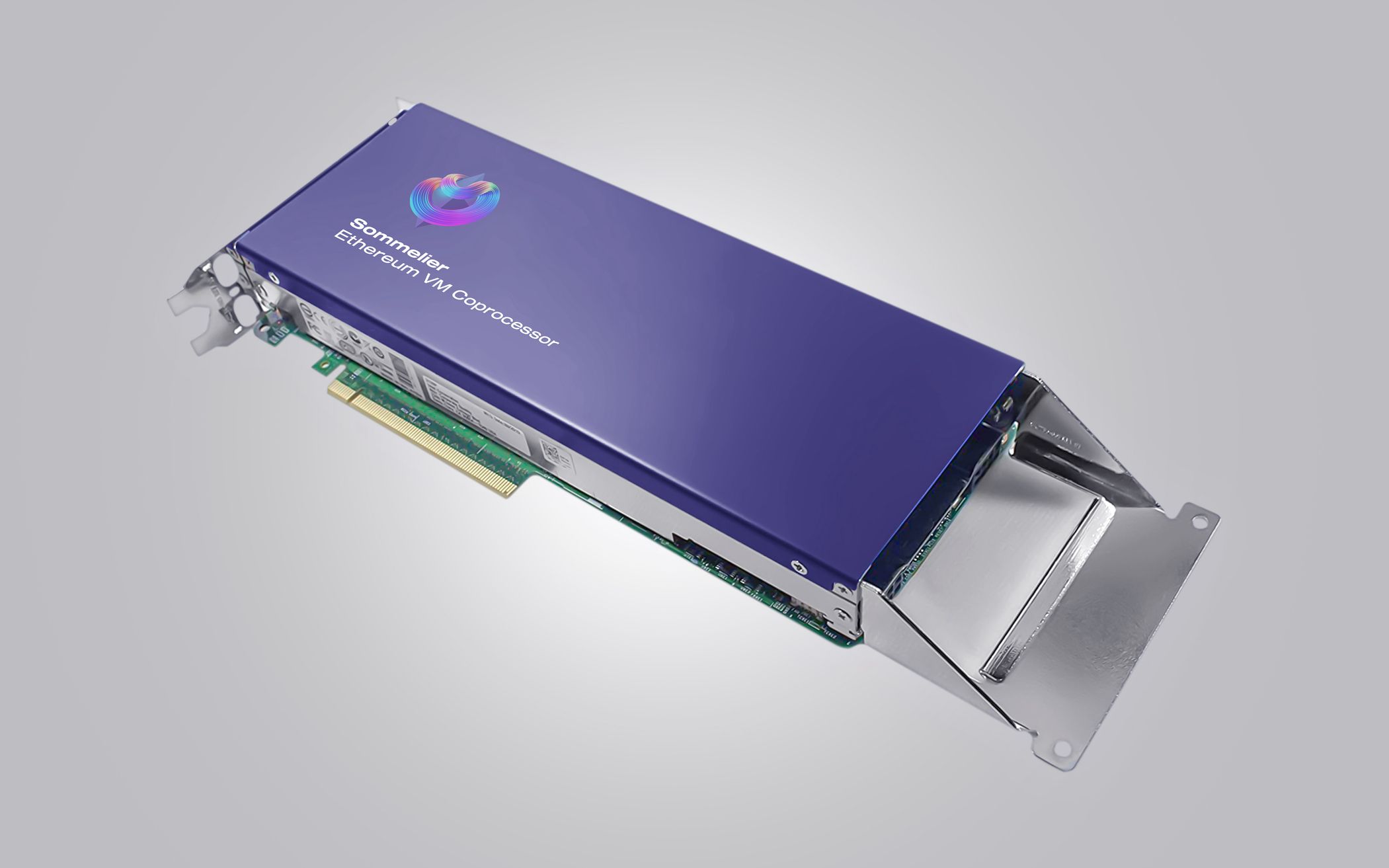
Sommelier: Welcome To The New CoProcessor For Ethereum
© 2025 Somm by Bajanss OÜ –Maakri 36-50, Tallinn, Estonia 10145